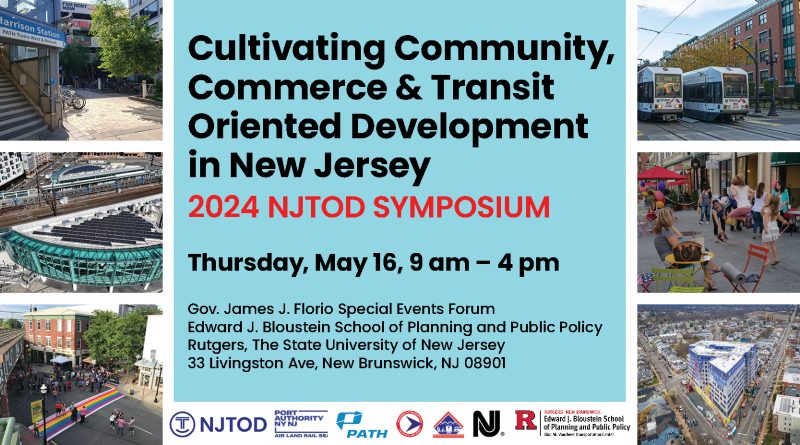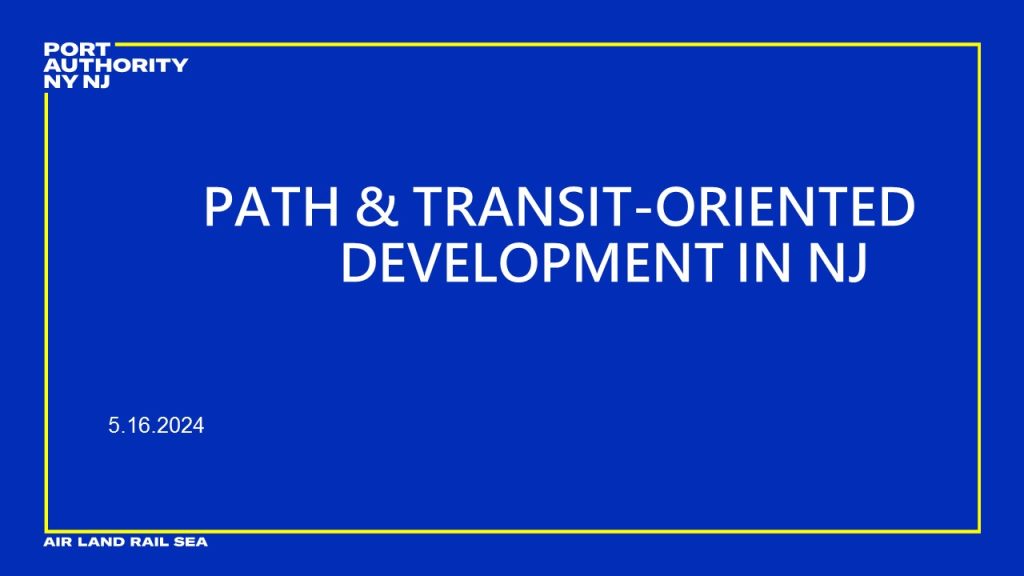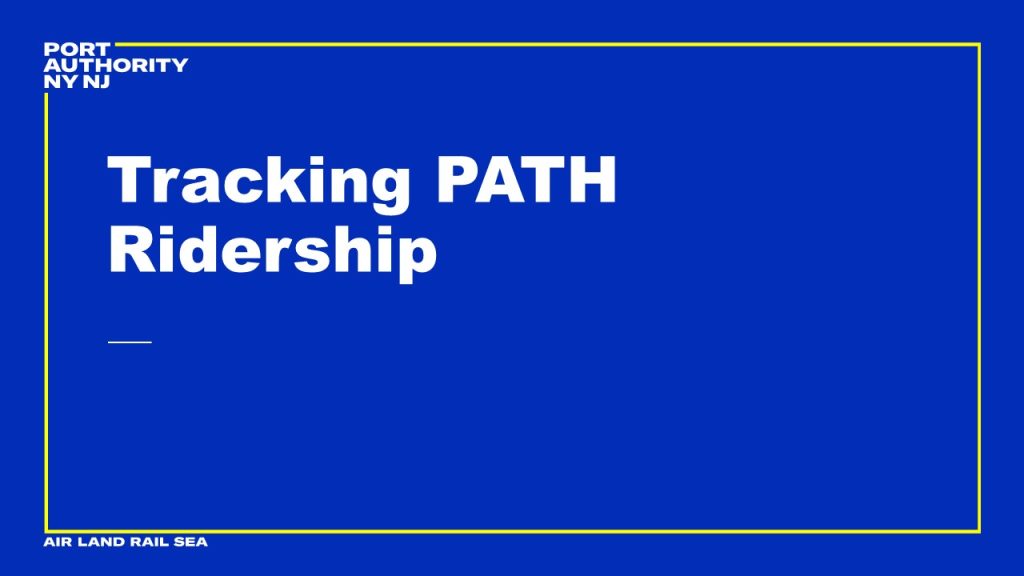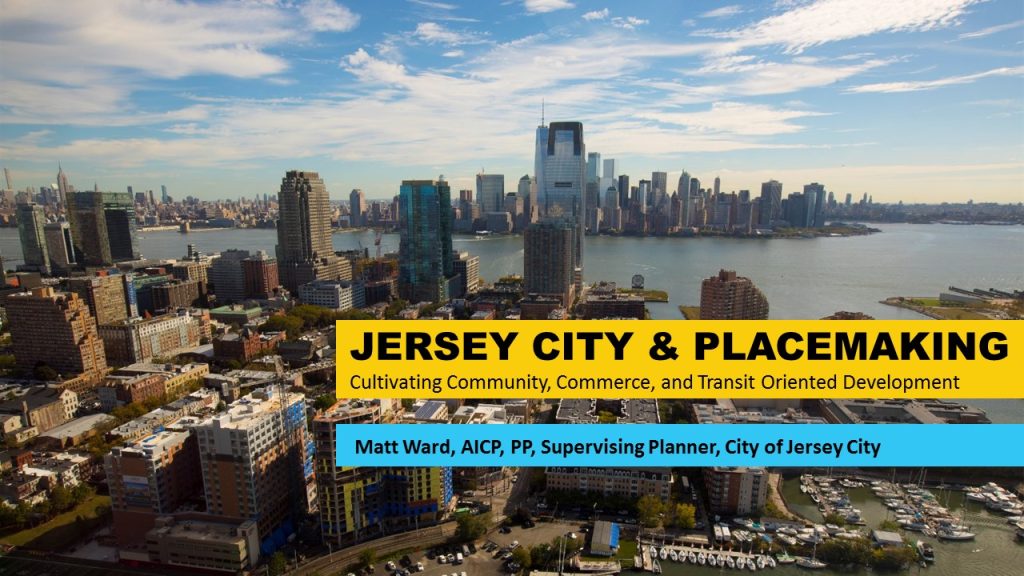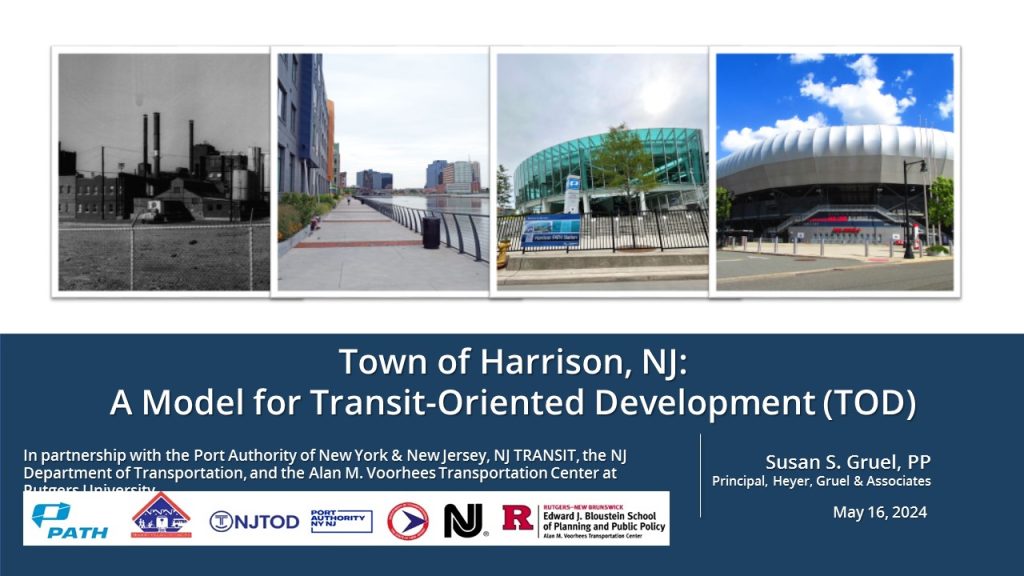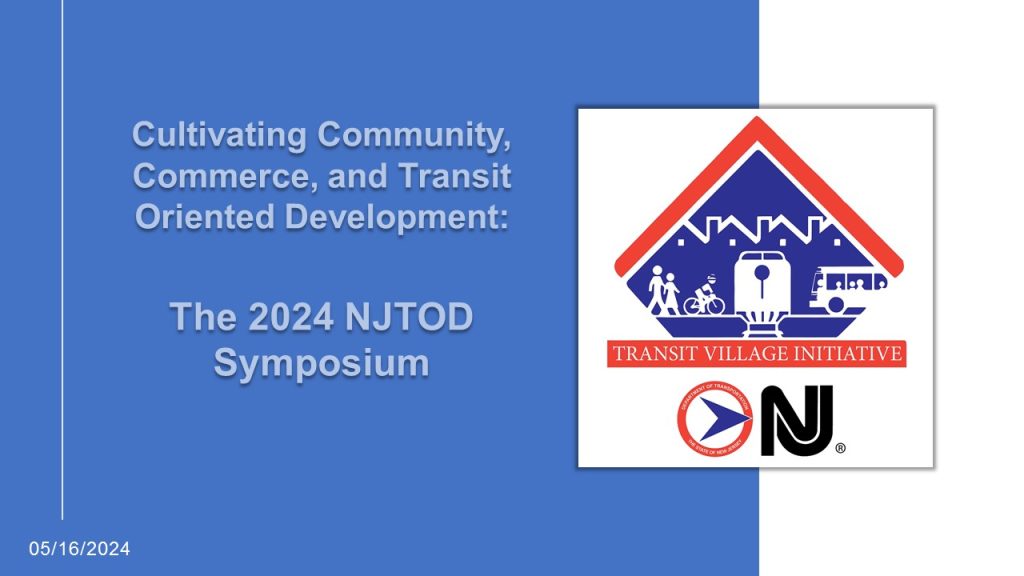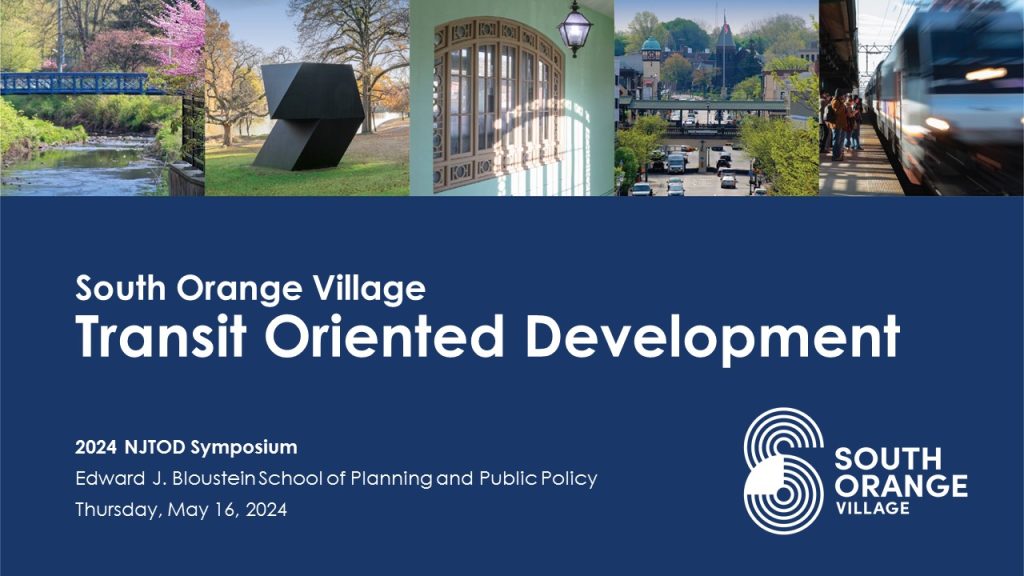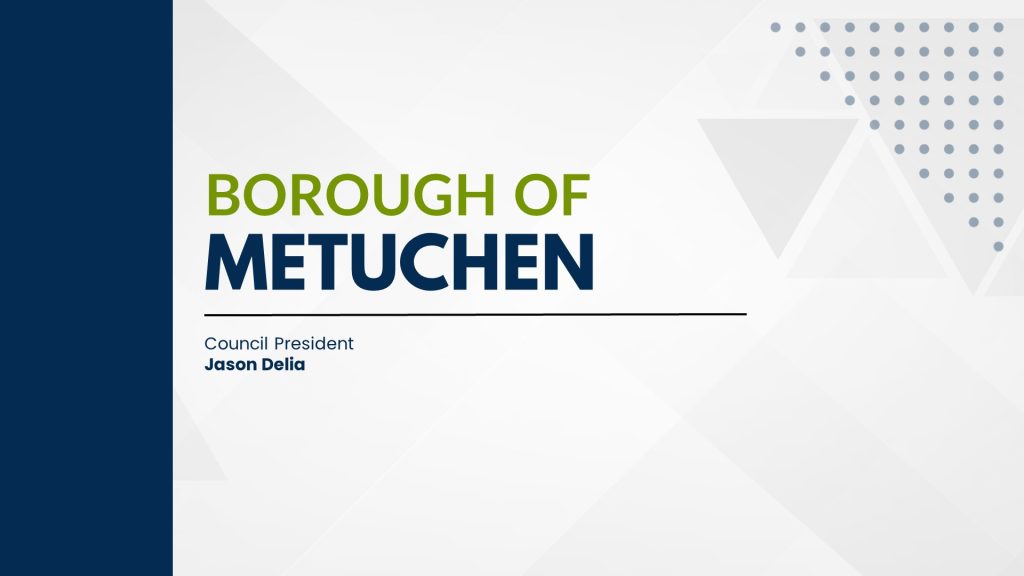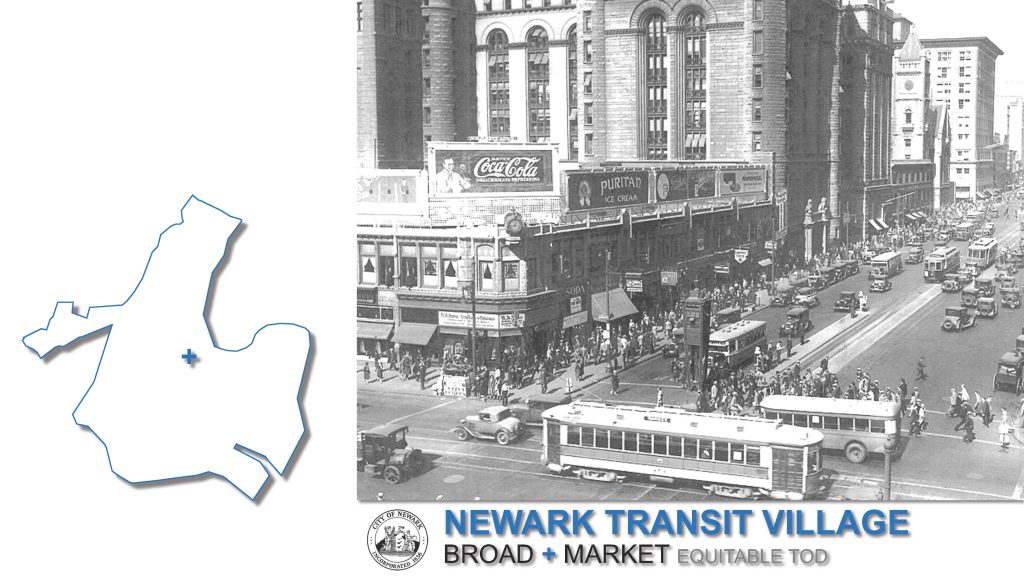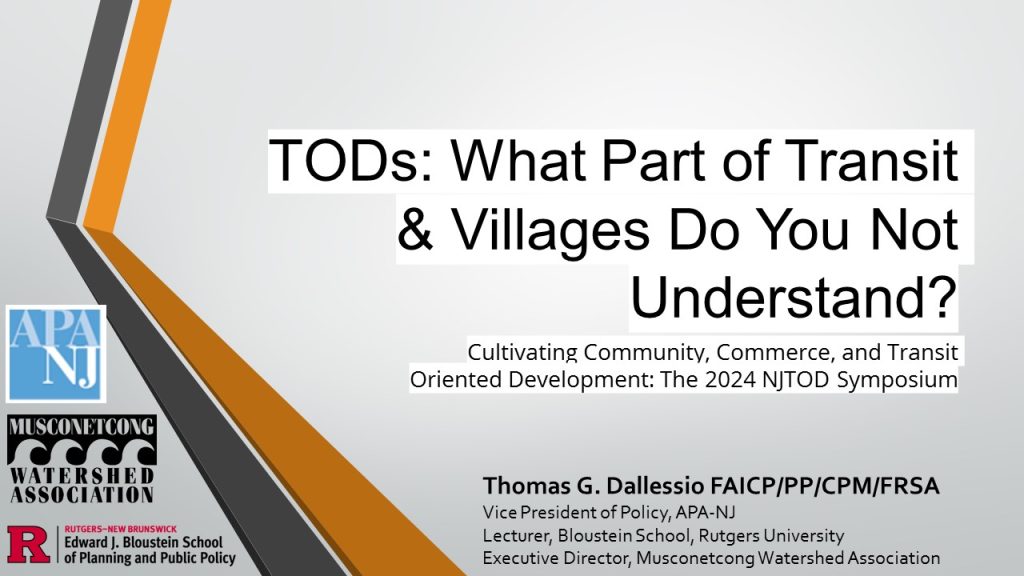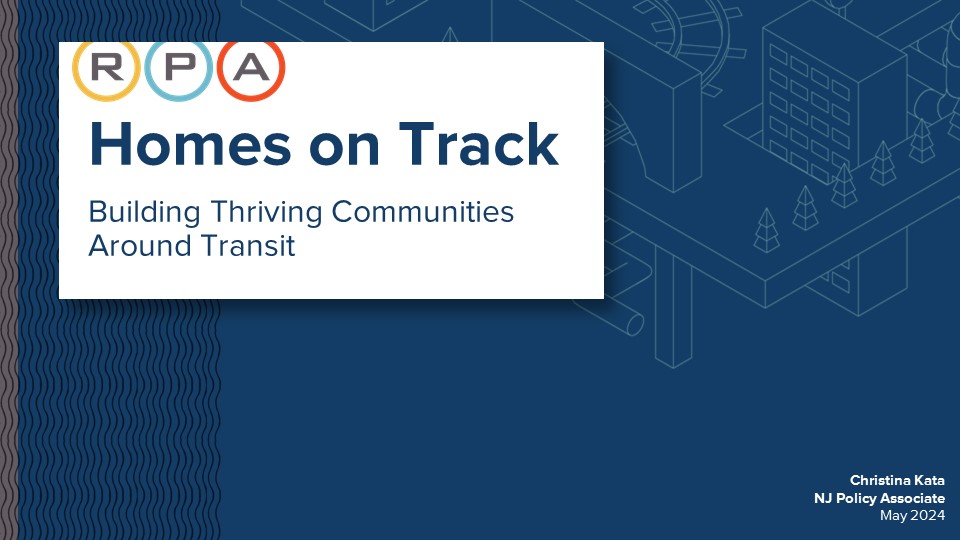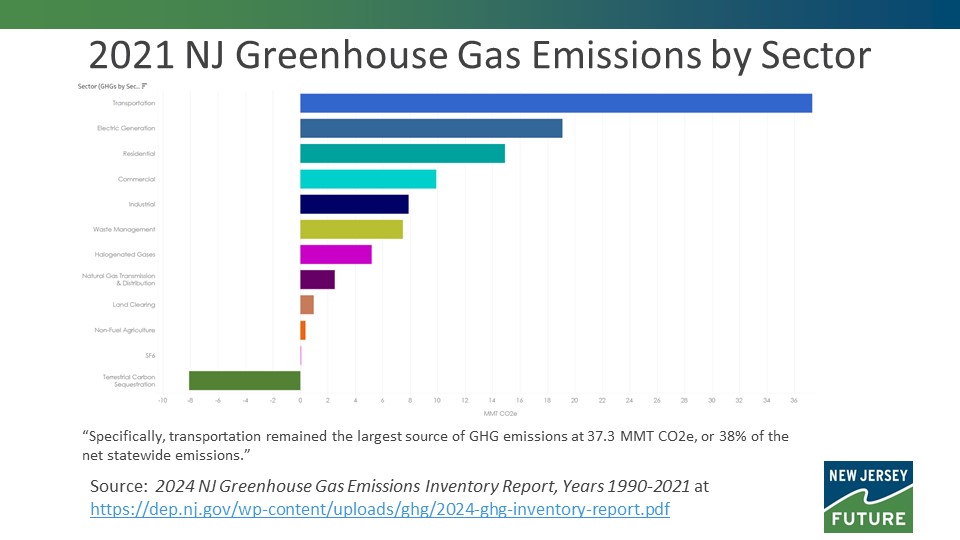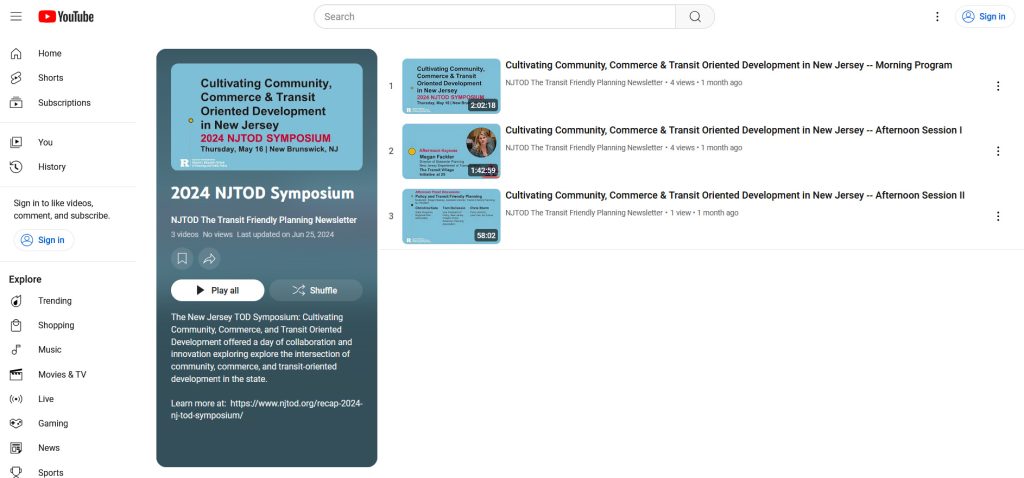The New Jersey TOD Symposium: Cultivating Community, Commerce, and Transit Oriented Development offered a day of collaboration and innovation exploring explore the intersection of community, commerce, and transit-oriented development in the state.
Symposium Recap
The jam-packed day began with greetings from Alan M. Voorhees Transportation Center Executive Director Jon Carnegie and welcoming remarks by Dr. Robert Noland, Associate Dean of the Faculty, Distinguished Professor of Transportation Planning and Policy and Director, Alan M. Voorhees Transportation Center, and Dr. Stuart Shapiro, Dean, Edward J. Bloustein School of Planning and Public Policy. Dean Shapiro set the stage for the day’s discussions by highlighting the crucial role that planning and policy play in the state and beyond. He emphasized how transportation and related policy efforts can address pressing challenges such as climate change, job access, and housing affordability.
NJ, PATH and Economic Development
The morning activities focused on the economic impacts of PATH service and the transit-friendly development of communities served by PATH. Clarelle DeGraffe, Director and General Manager of PATH, shared advancements and improvements made by the agency, discussing how it supports redevelopment in the municipalities it serves. PATH, the nation’s fifth busiest commuter railroad, operates in the second densest region in the U.S., encompassing Hoboken, Jersey City, Harrison, and Newark. Since its inception as the Hudson & Manhattan Railroad in 1908, the 13-mile system experienced fluctuating ridership: soaring in the early 20th century, declining with the rise of the auto era, and rising again in the decades leading up to the pandemic.
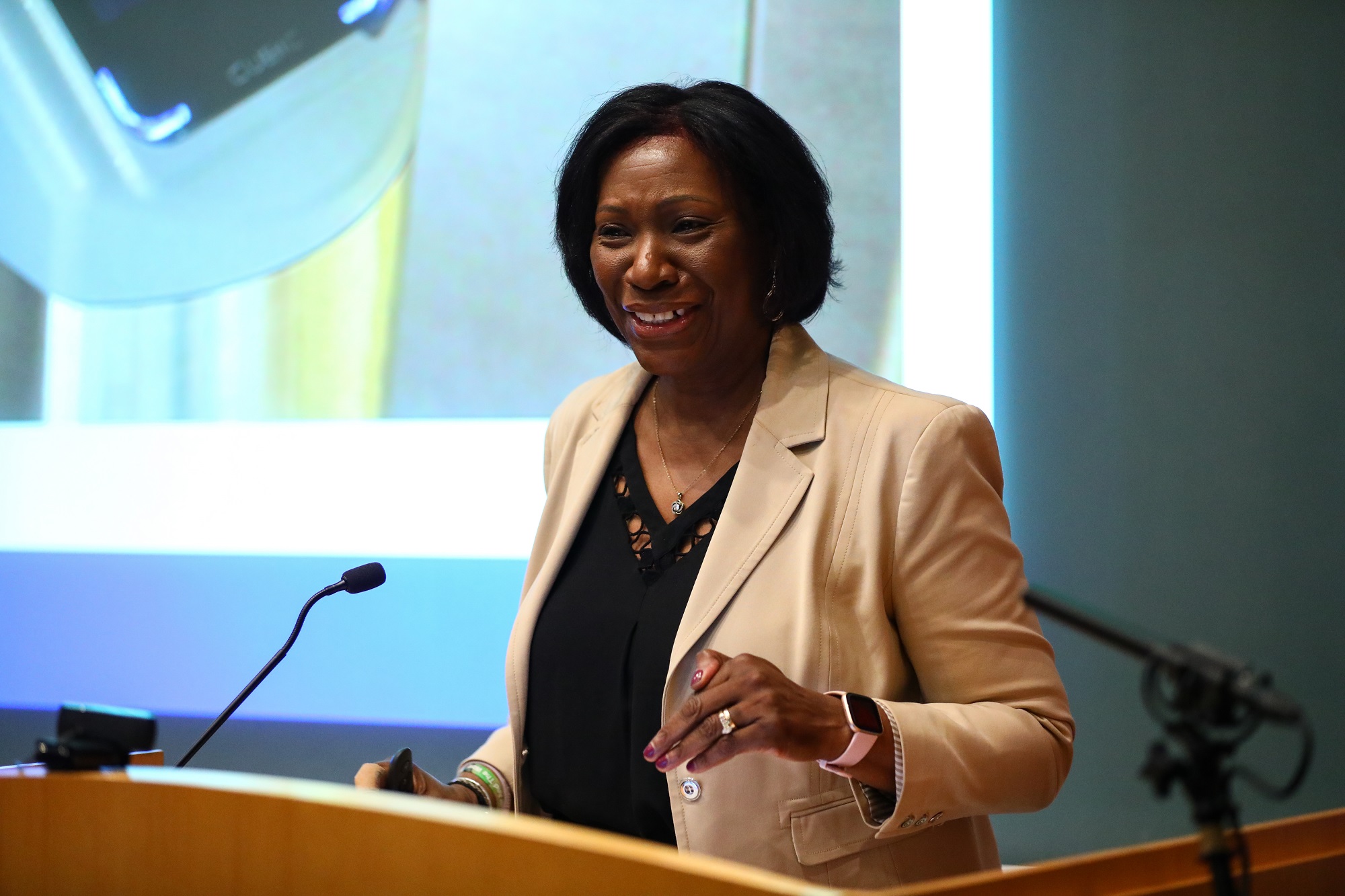
In the 21st century, PATH has seen major reinvestment by the Port Authority to improve the system. Recent updates include a new fare system, nine-car train service, the new Harrison station house, and fleet expansion—all aimed at restoring pre-pandemic ridership levels, currently at 65 percent. Notably, the communities served by PATH are among the fastest-growing in the state. Over the past forty years, redevelopment along PATH’s service corridor has led to significant population growth: 60 percent in Harrison, 70 percent in Hoboken, and 76 percent in Jersey City.
A panel discussion looking at PATH ridership and redevelopment in Jersey City and Harrison followed. Duncan Kisia, Deputy Director & Chief Economist, Planning & Regional Development, The Port Authority of New York & New Jersey, described the relationship between PATH ridership and the region’s population and employment levels and housing markets, drawing attention to the post-pandemic period and the gradual “decoupling” of commuting-only travel.
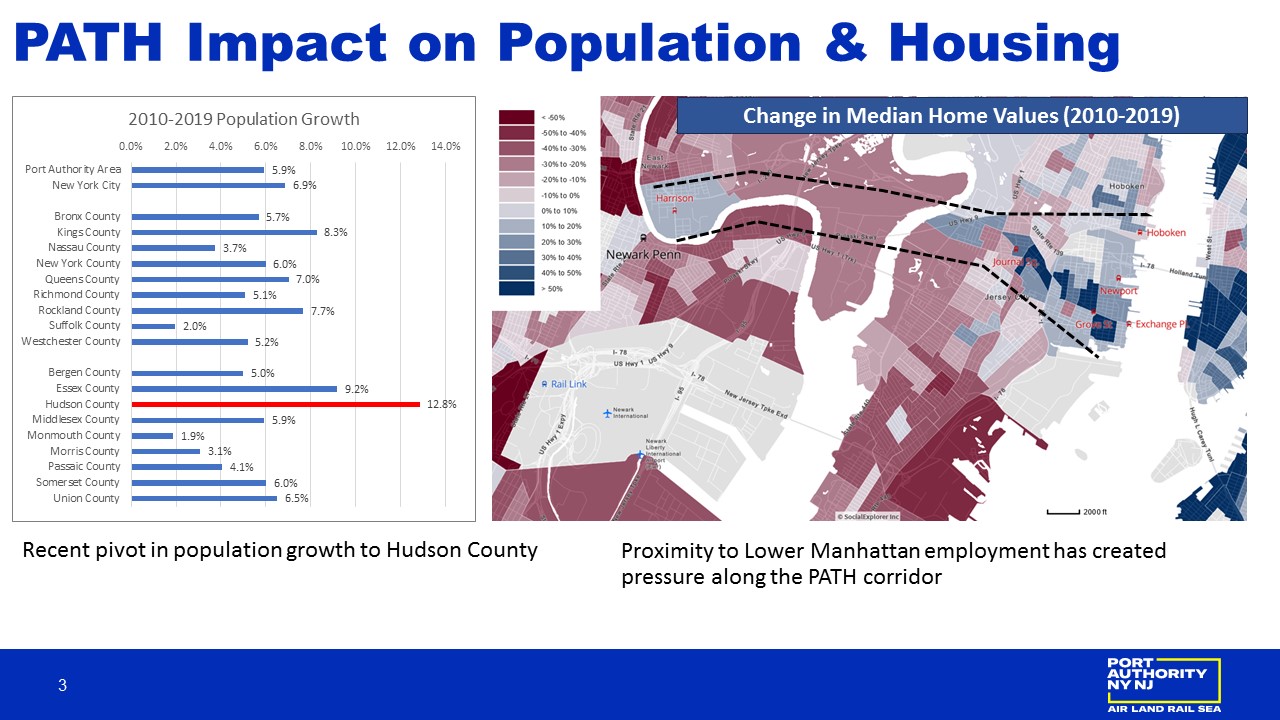
Matt Ward, Supervising Planner with the Jersey City Division of City Planning, provided a historical perspective on Jersey City’s transformation. He traced its evolution from a warehouse hub for New York City, filled with docks and freight lines, to becoming New Jersey’s thriving second-largest city, through the lens of placemaking. Jersey City is home to four distinct PATH stations—Exchange Place, Grove Street, Journal Square, and Newport—each undergoing significant redevelopment and improvements to enhance livability and accessibility, especially for active modes of transportation like walking and biking.
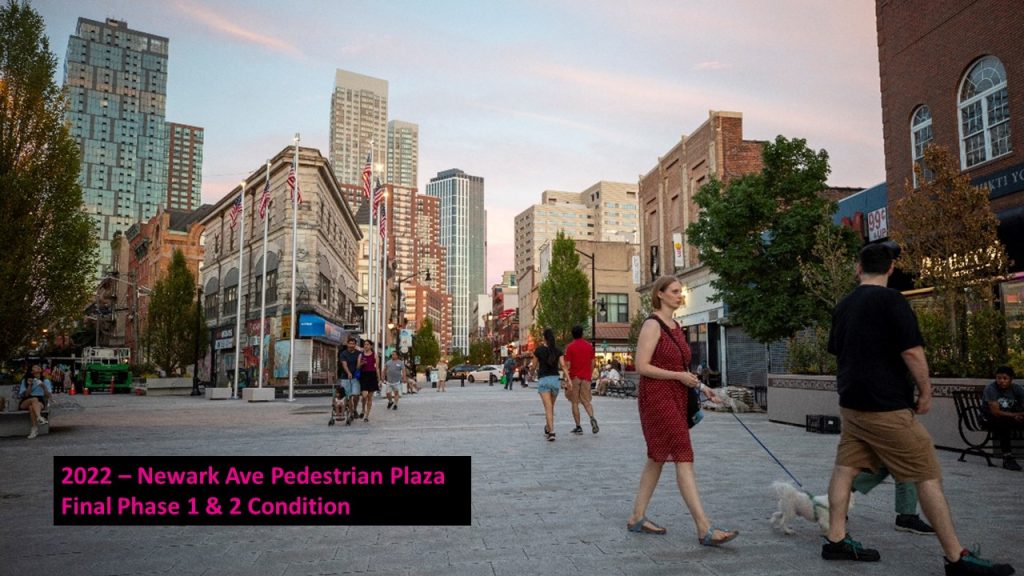
Susan Gruel, Principal at the planning firm Heyer and Gruel, Planning Consultants, shared a similarly exciting story about Harrison’s transformation. Once known as the “Beehive of Industry” and home to manufacturers like Edison Lamp Works, Otis Elevator, Crucible Steel, and Worthington Pump and Machinery, Harrison has undergone significant changes. Gruel highlighted the Harrison Waterfront Redevelopment Plan, which envisions a long-term transformation of a 250-acre area centered around the Harrison PATH Station. Upon completion, the redevelopment is expected to bring more than 12,000 housing units, over a million square feet of commercial and retail space, and more than 3 million square feet of office space to the community.
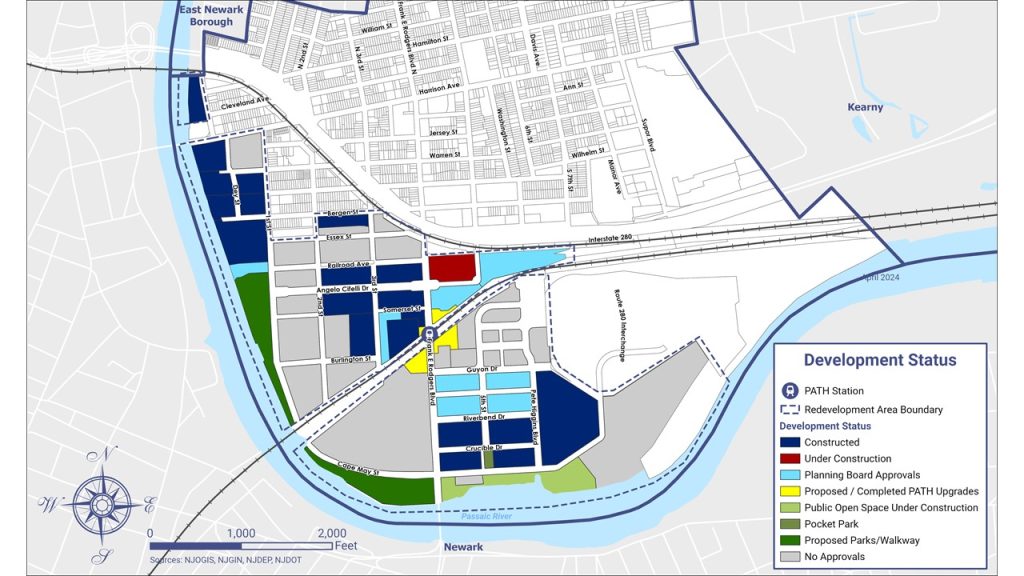
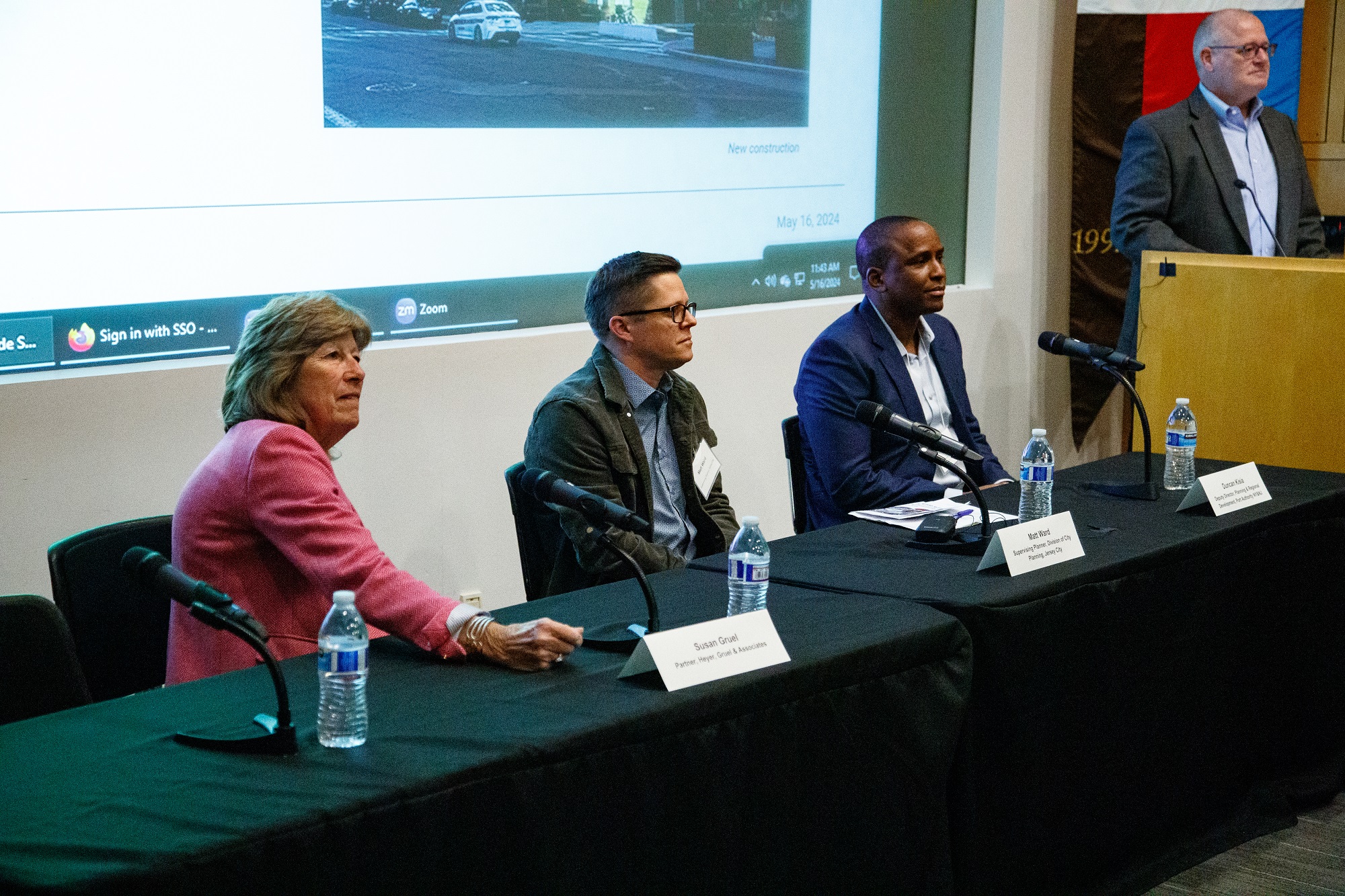
The Transit Village Initiative at 25
The afternoon activities proved equally informative, beginning with a featured presentation by Megan Fackler, Director of Statewide Planning at the New Jersey Department of Transportation. She highlighted the objectives and history of the New Jersey Transit Village Initiative, the statewide smart growth partnership. Launched in 1999, the program has expanded from an initial five communities to encompass 35, all focused on redeveloping or revitalizing areas around public transit facilities. Fackler also discussed the key elements of a successful Transit Village, such as facilitating walking and biking to reduce reliance on cars, incorporating transit-supportive architectural design, adopting and implementing Complete Streets policies, and promoting transit-friendly practices that enhance accessibility and placemaking.
Two panel discussions followed.
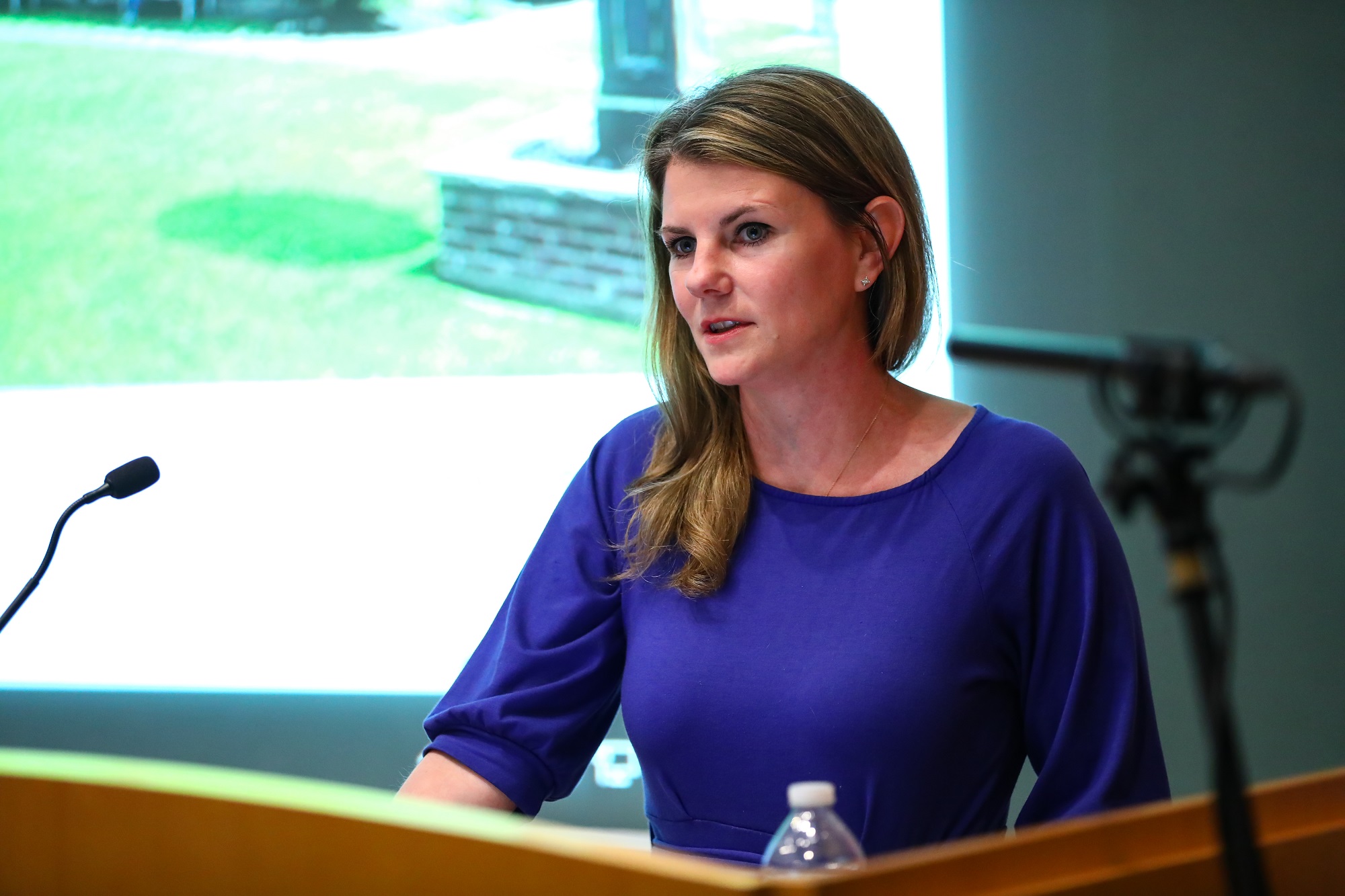
New Jersey’s Transit Villages
Continuing the focus on the state’s Transit Village Initiative, Stephanie DiPetrillo, senior researcher and leader of NJTOD, the online publication, moderated speakers from three Transit Village communities: South Orange, Metuchen, and Newark.
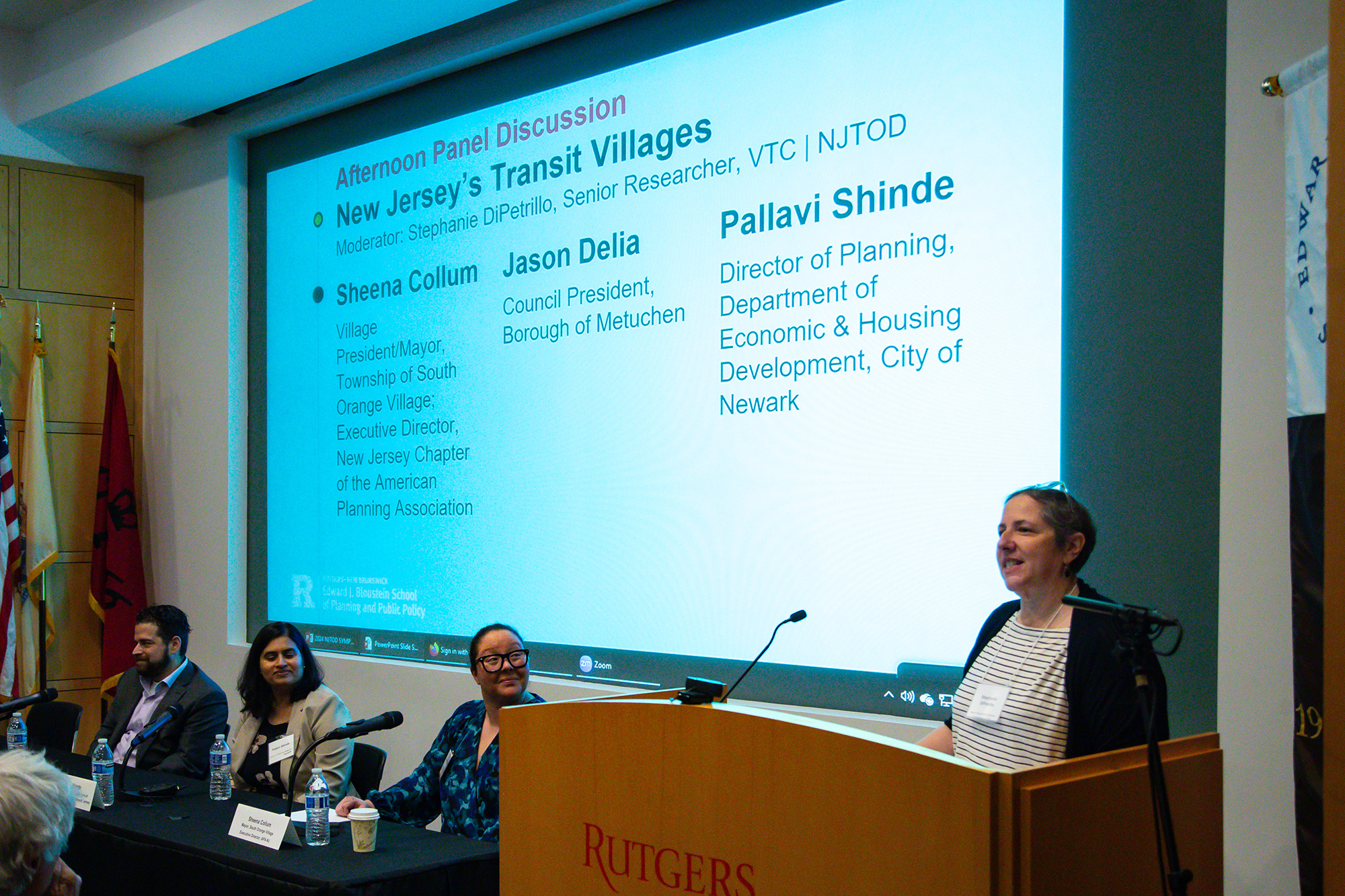
South Orange Village President (Mayor) and Executive Director of APA-NJ, Sheena Collum, showcased several recent and planned redevelopment projects near the South Orange Rail Station. Collum illustrated how these projects integrate mixed-use development, address affordable housing needs, repurpose surface parking and auto-dominated uses (such as drive-through businesses), and provide community benefits (such as the Co-Lab business incubator space). Designated in 1999, South Orange is among the state’s first Transit Villages.

Council President Jason Delia shared the story of Metuchen, the state’s 8th Transit Village, designated in 2002. For many years, surface parking near the Metuchen Rail Station on the Northeast Corridor Line served commuters from the community and surrounding areas and dominated Borough’s downtown. Delia demonstrated how this underutilized asset served as the site for redevelopment, bringing over 400 new housing units, 744,000 square feet of retail space, and a new town plaza. The community has recently received several recognitions, including the 2023 Great American Main Street Award, Jersey’s Best Destination of the Year for 2024, and being named one of Money magazine’s 50 Best Places to Live in the U.S.

In one of the state’s newly designated Transit Villages, Pallavi Shinde, Director of Planning at Newark’s Department of Economic & Housing Development, shed light on the past and future of the city’s Broad and Market area. With robust public transportation options including 17 bus routes, 63 stops, 3 Newark Light Rail stations, and proximity to Newark Penn Station within a half-mile radius, the intersection of Broad Street and Market Street was historically renowned as one of the nation’s busiest crossroads. Today, it stands as a focal point for redevelopment, with Newark embracing transit-oriented development to repurpose historic structures, revitalize surface parking and underutilized properties, and introduce civic amenities alongside a substantial influx of new housing to the downtown area.

Policy and Transit Friendly Planning
In the final panel of the day, Megan Massey, Assistant Director of Transit Friendly Planning at NJ TRANSIT, led a discussion on policies affecting transit-oriented development (TOD) in New Jersey and how transit-friendly planning could address some of the state’s challenges. The panel included Tom Dallessio, Vice President of Policy for the New Jersey Chapter of the American Planning Association (APA-NJ), Christina Kata, New Jersey Policy Associate with the Regional Plan Association (RPA), and Chris Sturm, Policy Director for Land Use at New Jersey Future.
The session began with brief presentations before transitioning into a spirited discussion on the best ways to support and leverage TOD in the state.
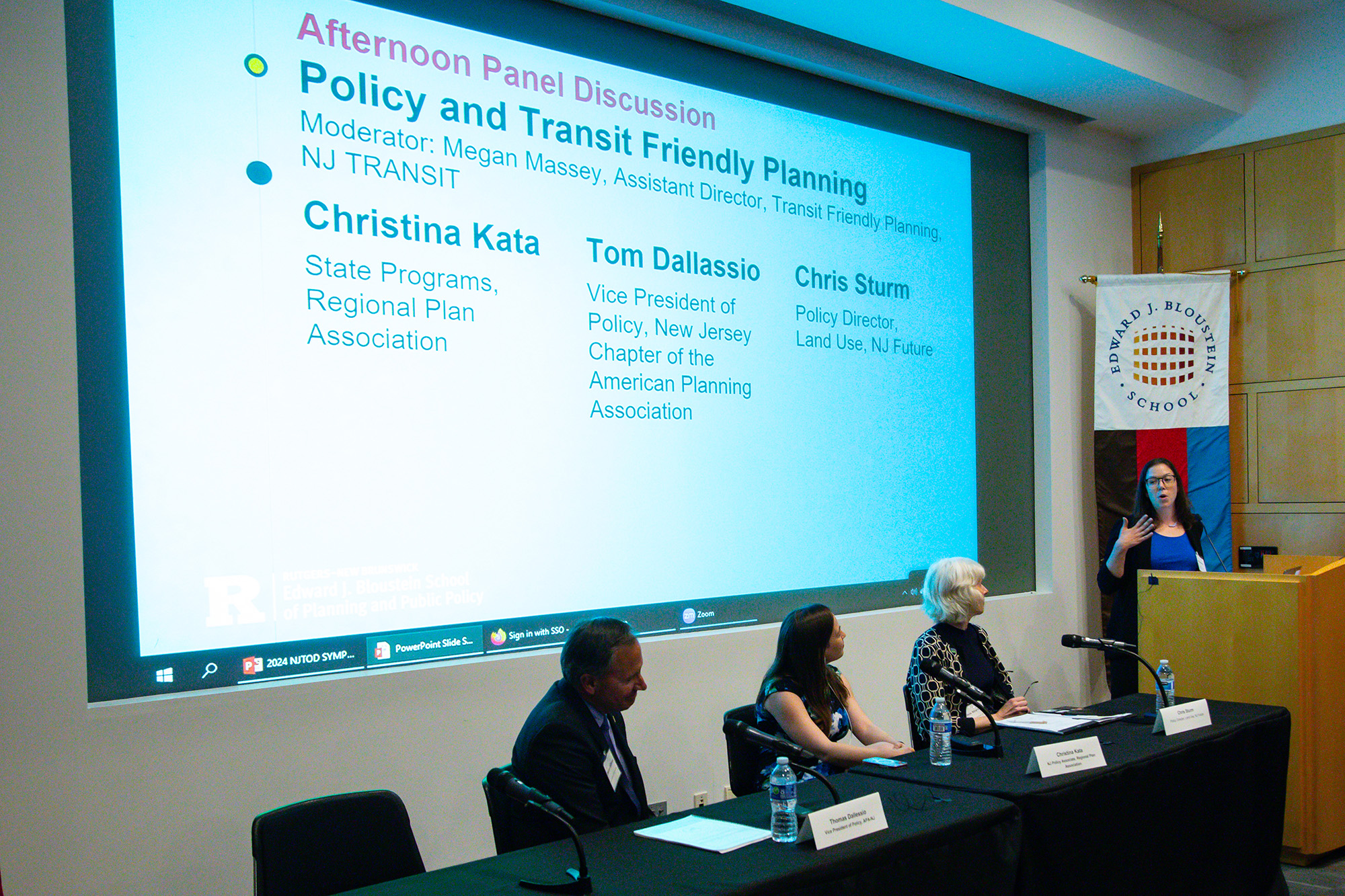
Tom Dallessio opened the session by outlining the conditions necessary for residents to live in transit-friendly, car-light, or car-free communities. He emphasized the need for transit services to be reliable, convenient, and enjoyable, and to reach desired destinations. He urged policymakers and planners to be creative and bold in their approaches. Dallessio also highlighted how TOD and diverse housing options, including the “missing middle,” could address New Jersey’s affordable housing needs.
Christina Kata expanded on the housing theme by discussing a recent RPA report, Homes on Track. The report explores the potential of underutilized land near transit facilities in New Jersey and New York for affordable housing. It introduced a Transit Orientation Score, evaluating station areas based on criteria such as land use, housing, mobility, environmental, and socio-demographic conditions. The study categorizes station areas into three TOD opportunity types: Near-term, Mid-term, and Long-term (see map).
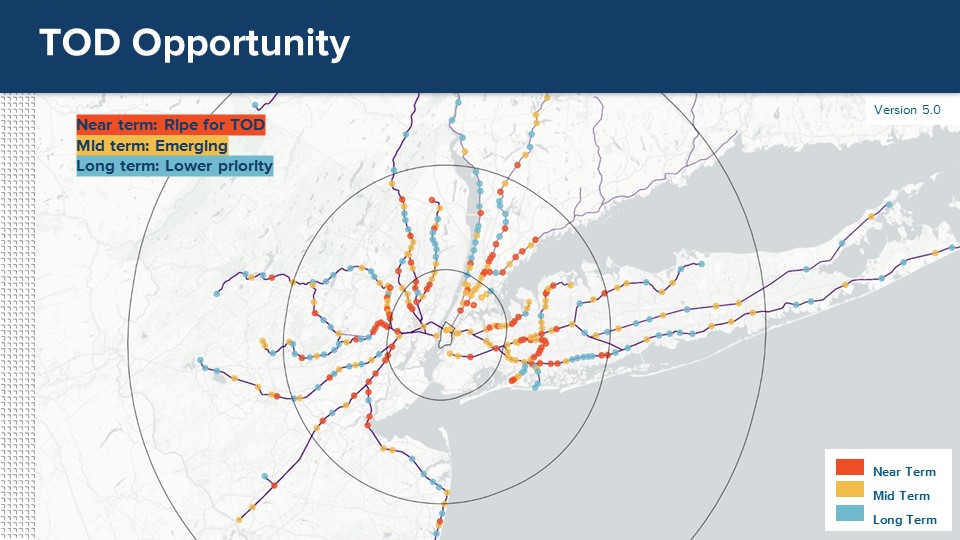
Chris Sturm from NJ Future broadened the discussion to include climate change, focusing on the transportation sector’s impact on greenhouse gas emissions. She addressed the issue of increasing vehicle miles traveled (VMT), arguing for TOD as a solution to both environmental and congestion problems.
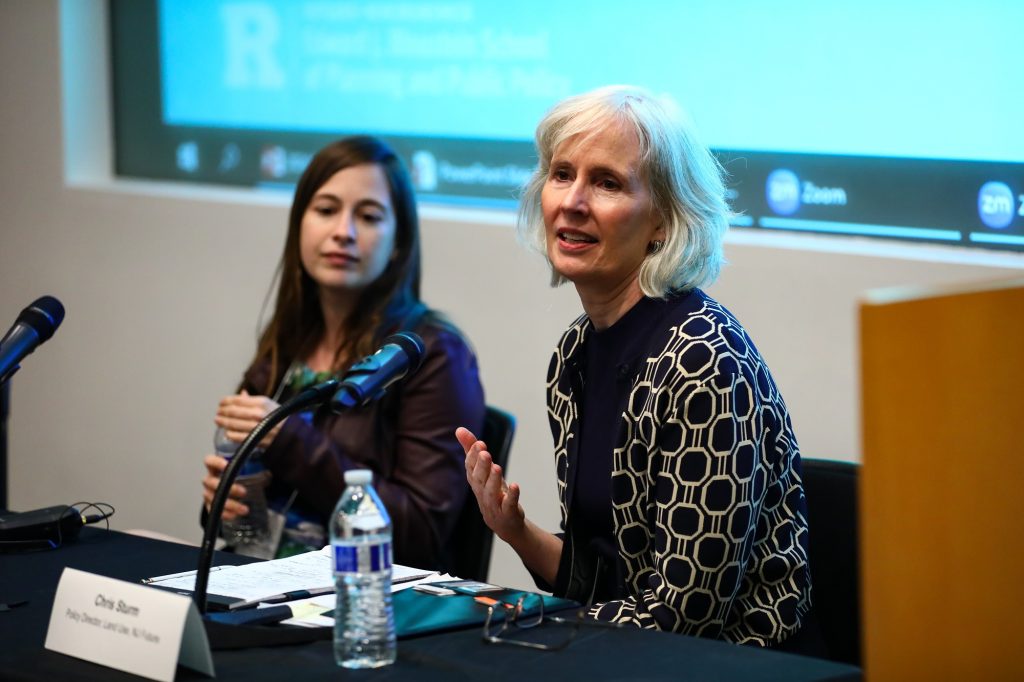
Continuing the TOD Conversation in New Jersey
The day concluded with a sense of optimism and urgency as the panelists reiterated the critical importance of transit-oriented development in tackling New Jersey’s most pressing challenges. From fostering economic growth and addressing housing affordability to mitigating climate change impacts, the discussions highlighted the multifaceted benefits of transit-friendly planning. The collaborative spirit and innovative ideas shared throughout the day underscored the potential for transformative change in the state’s urban and suburban landscapes, setting a hopeful tone for the future of transit-oriented development in New Jersey.
Presentations are available below:
Event Videos
Please visit the NJTOD YouTube channel to view videos of the day’s panels.
Event Photos
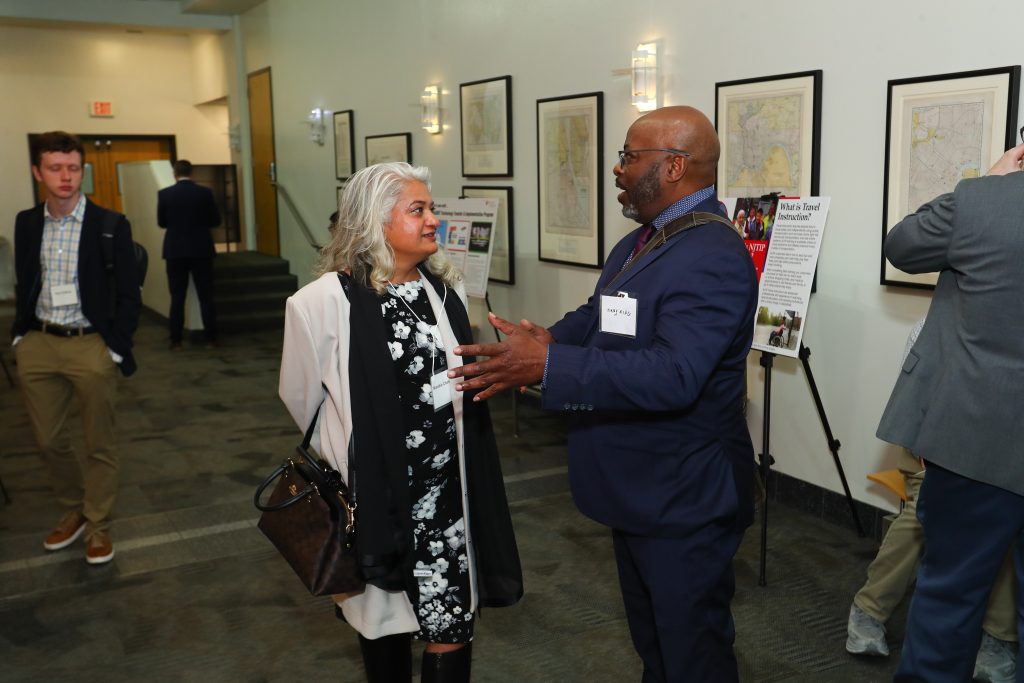
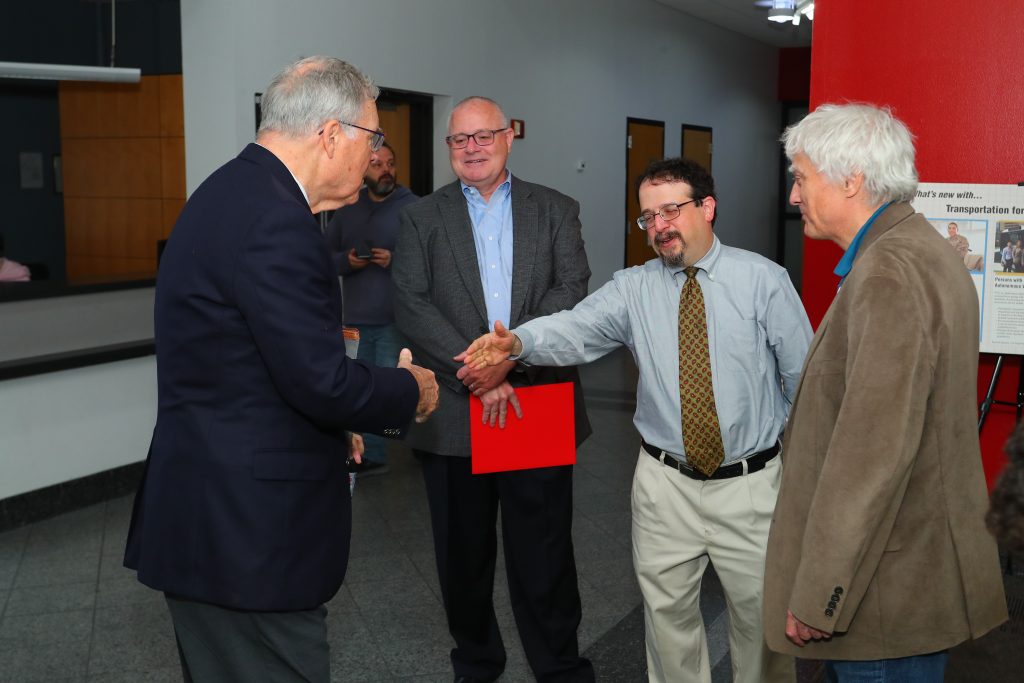
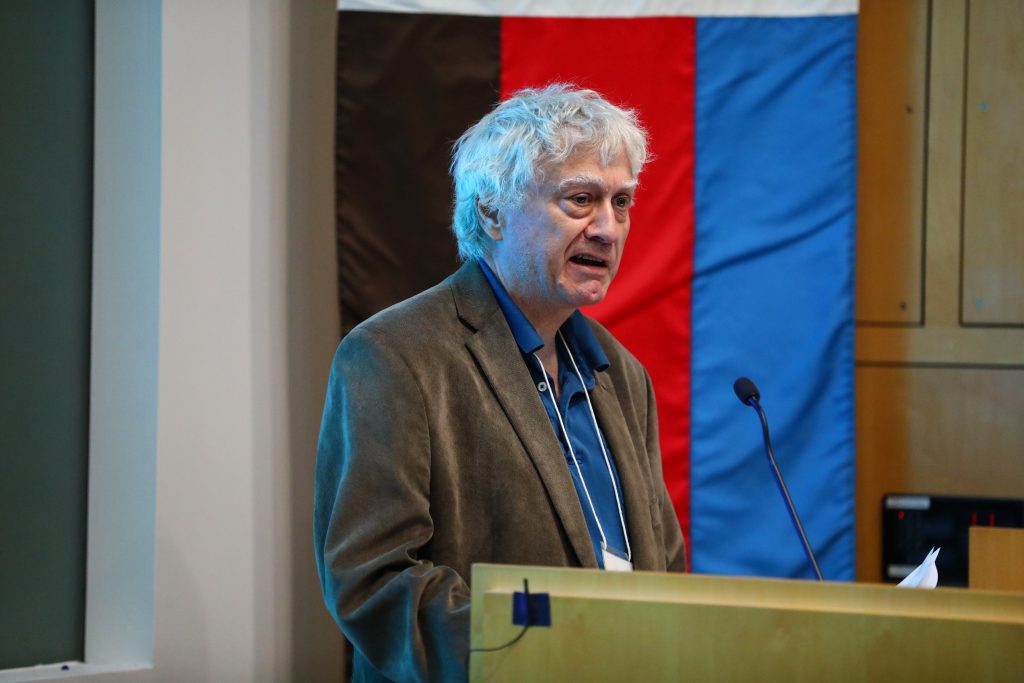
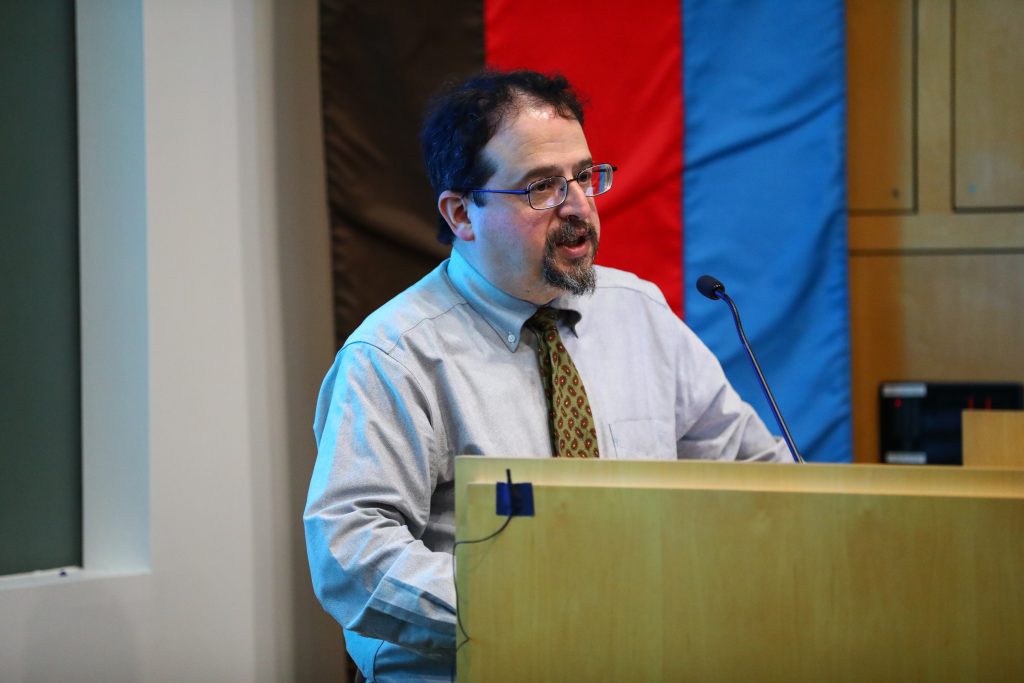

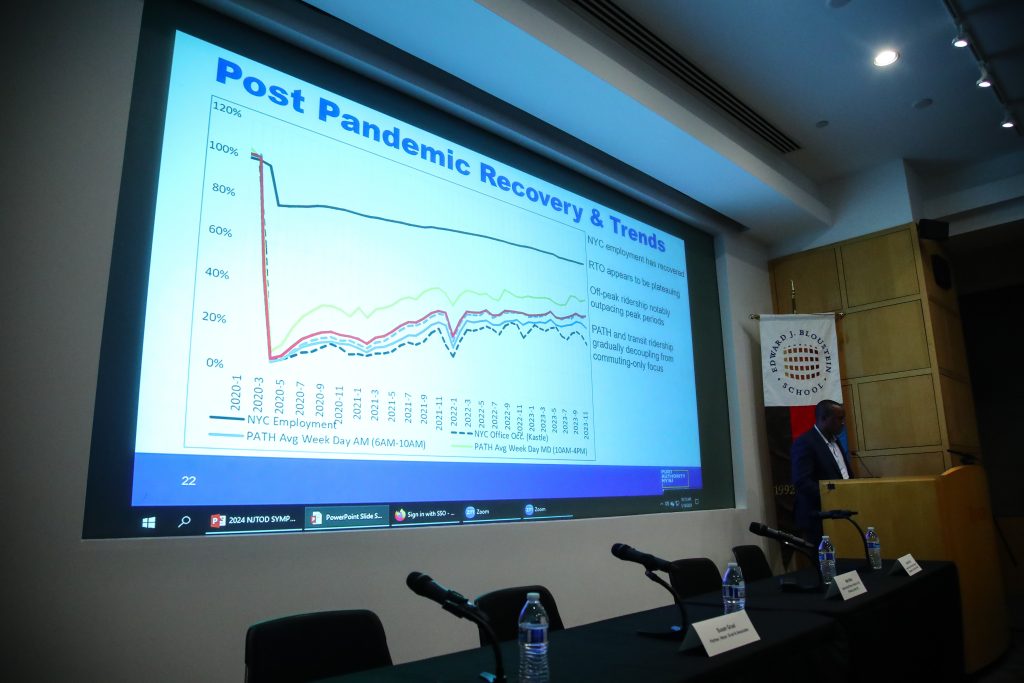
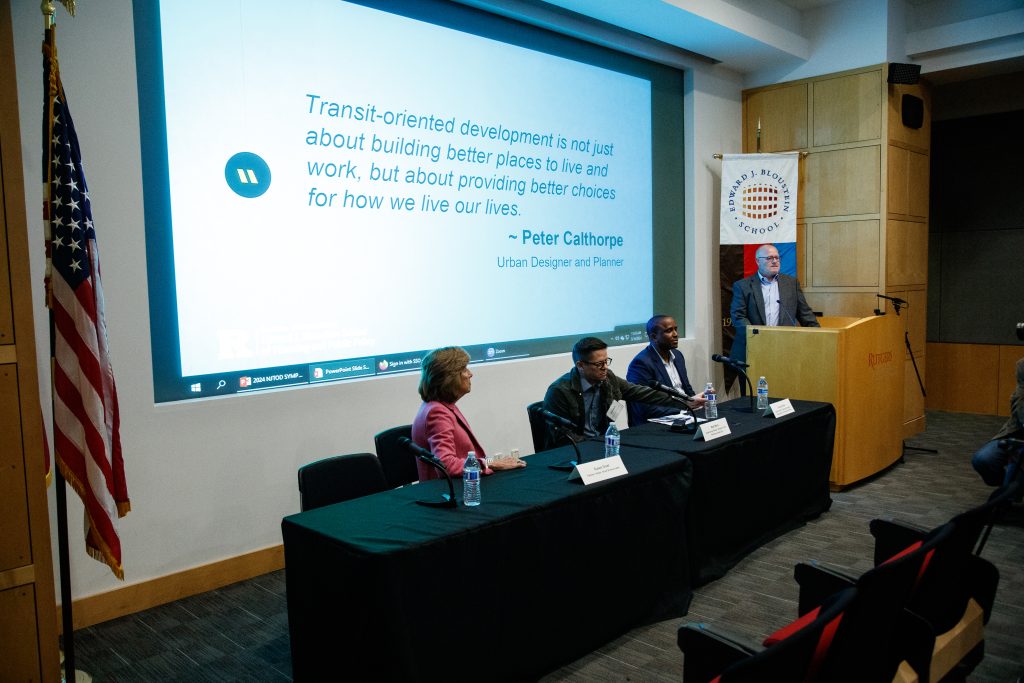



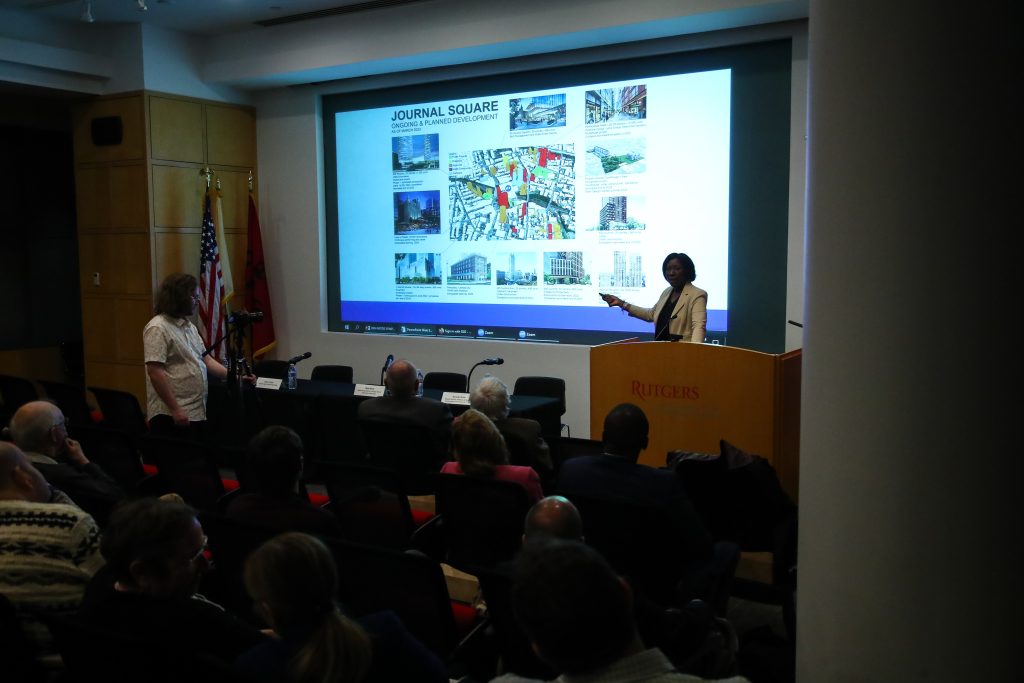
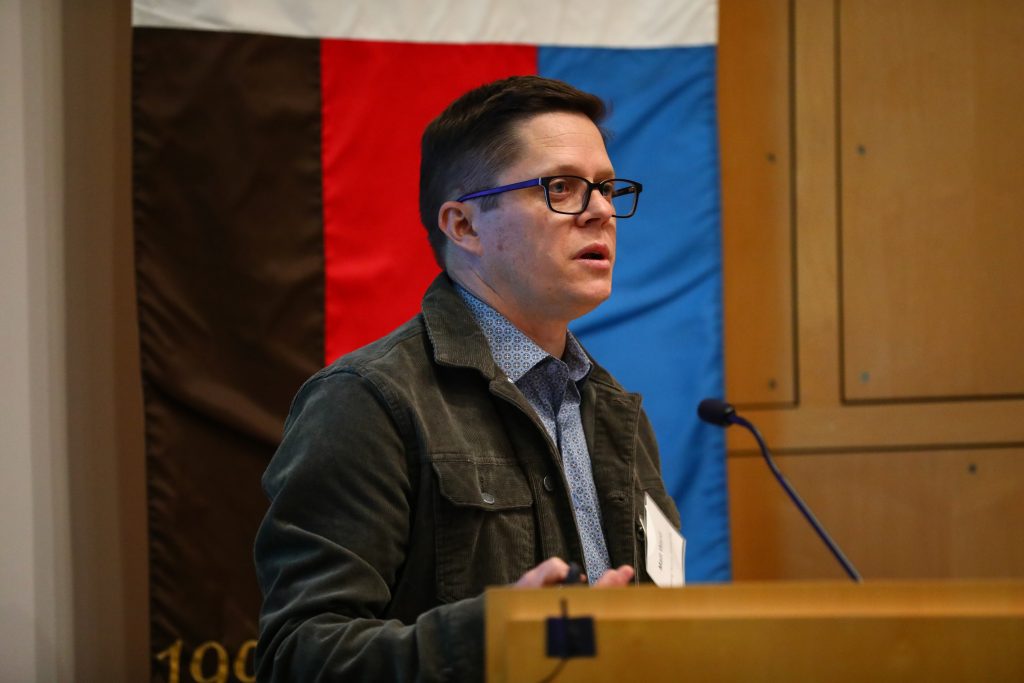


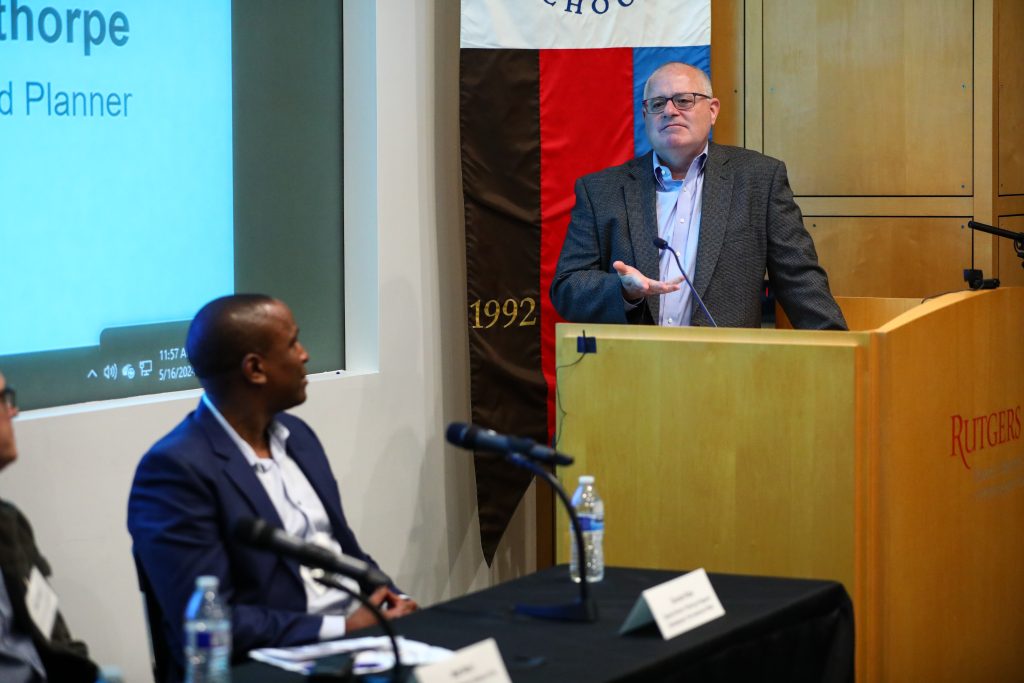

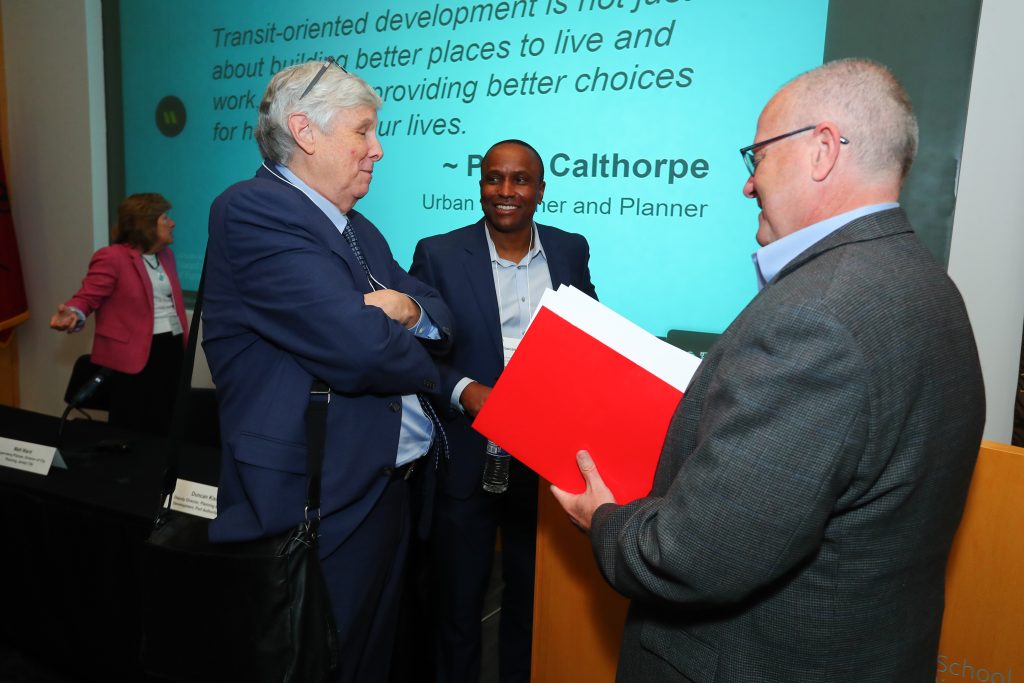
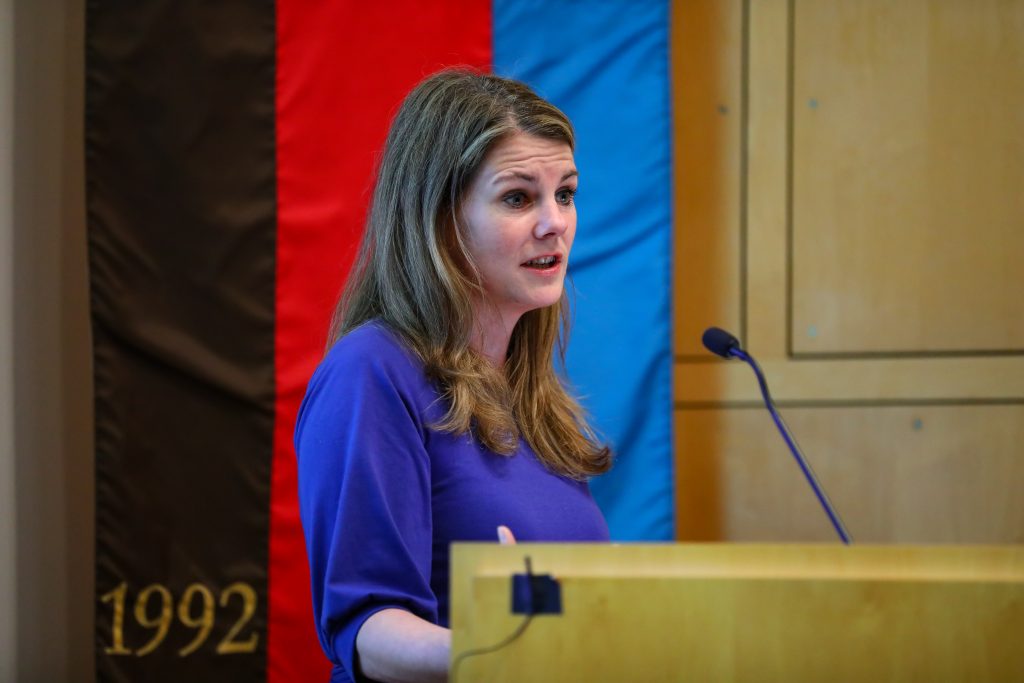
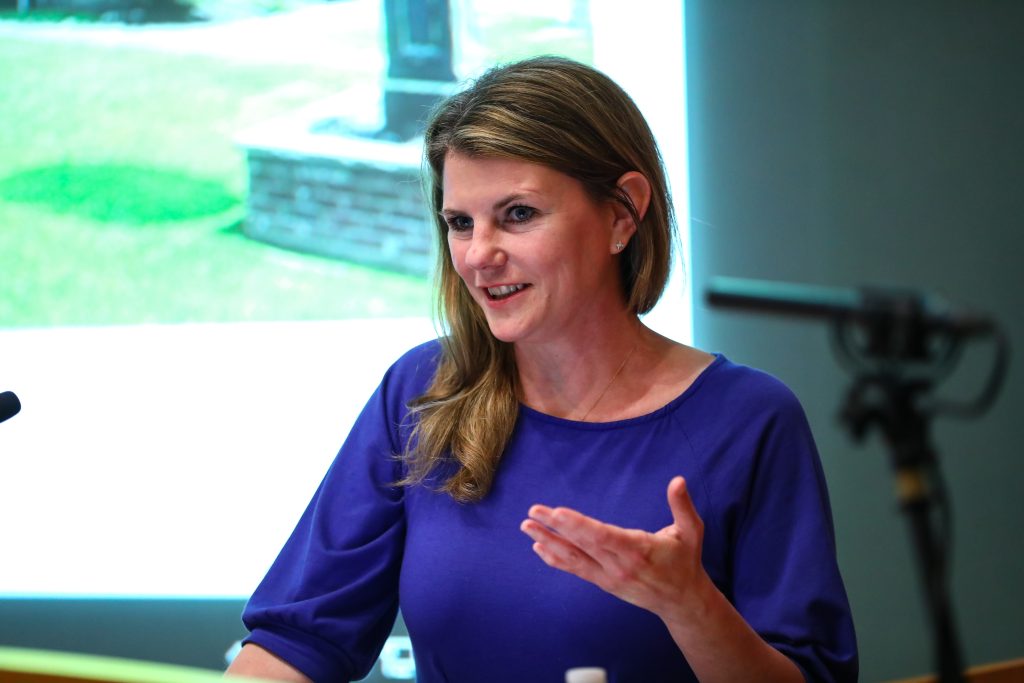
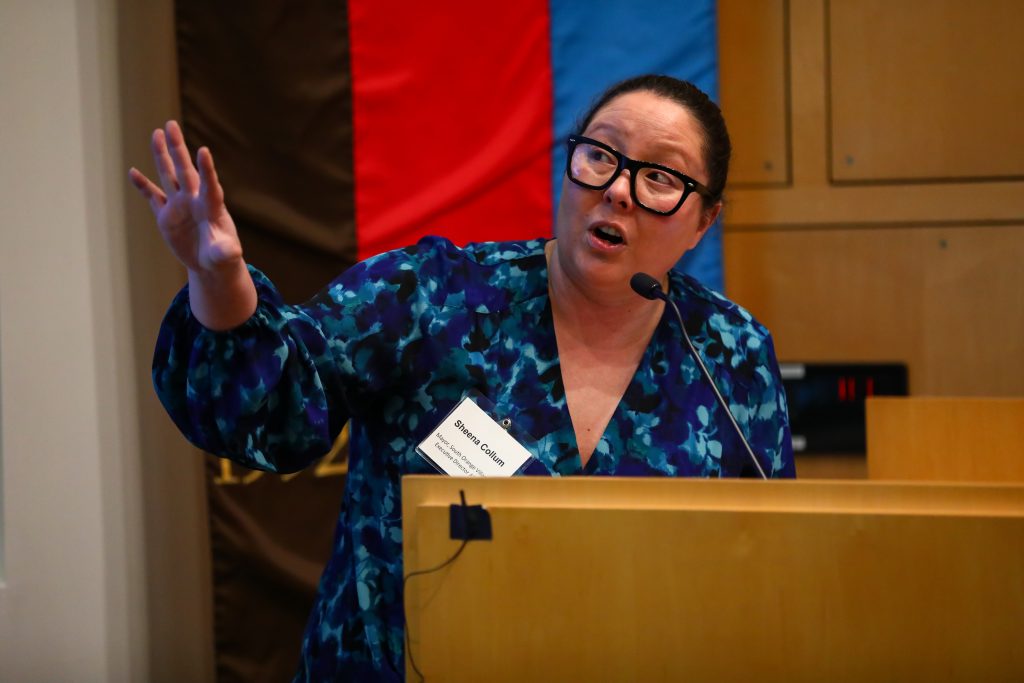
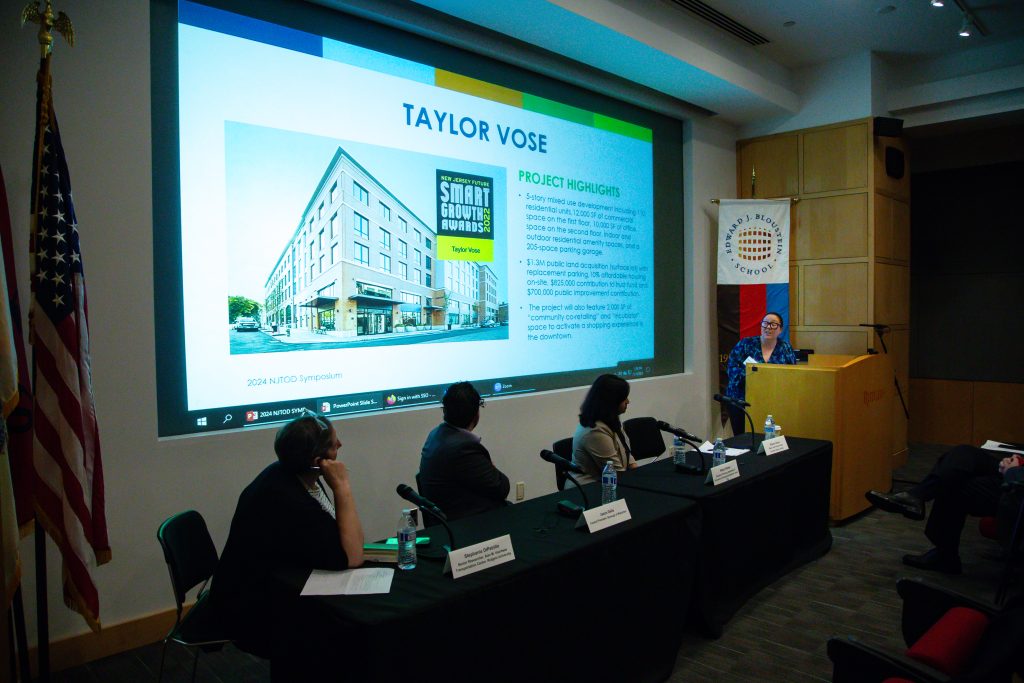
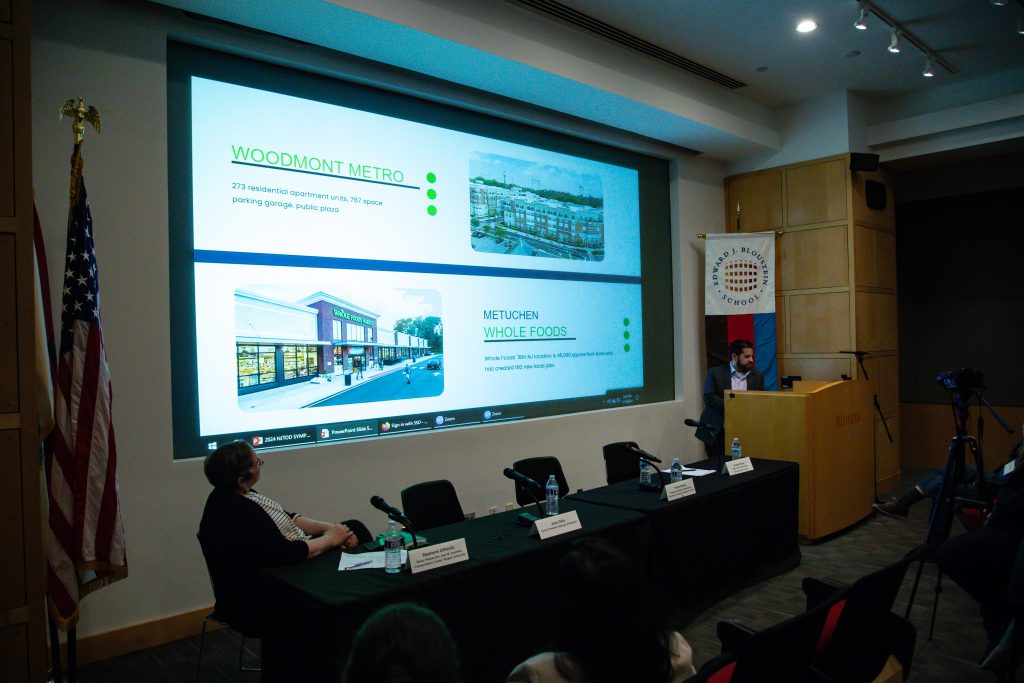
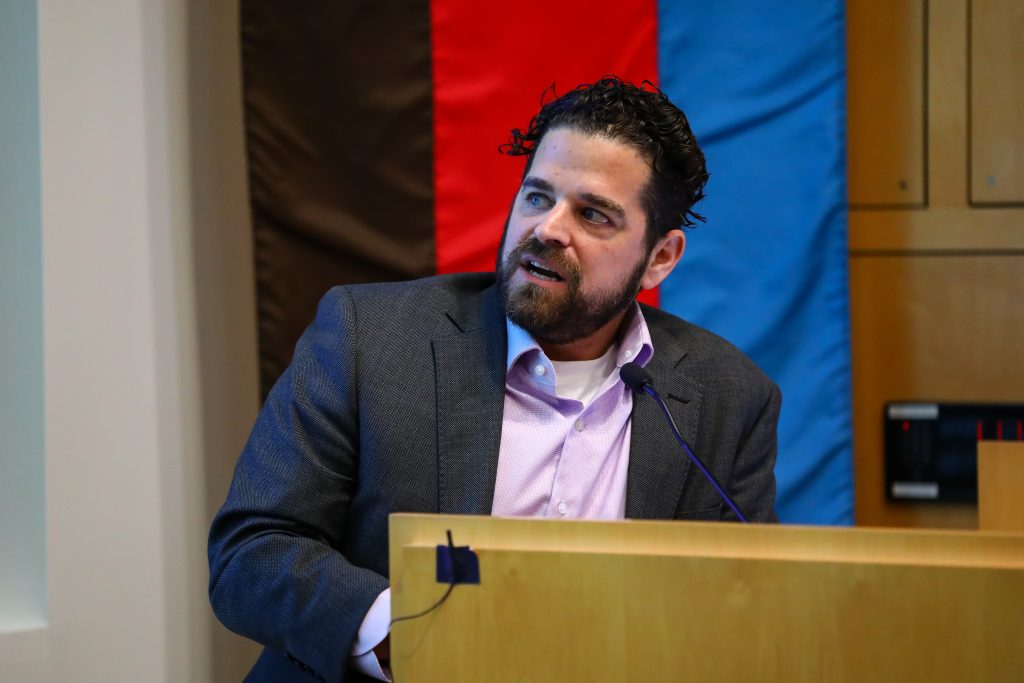

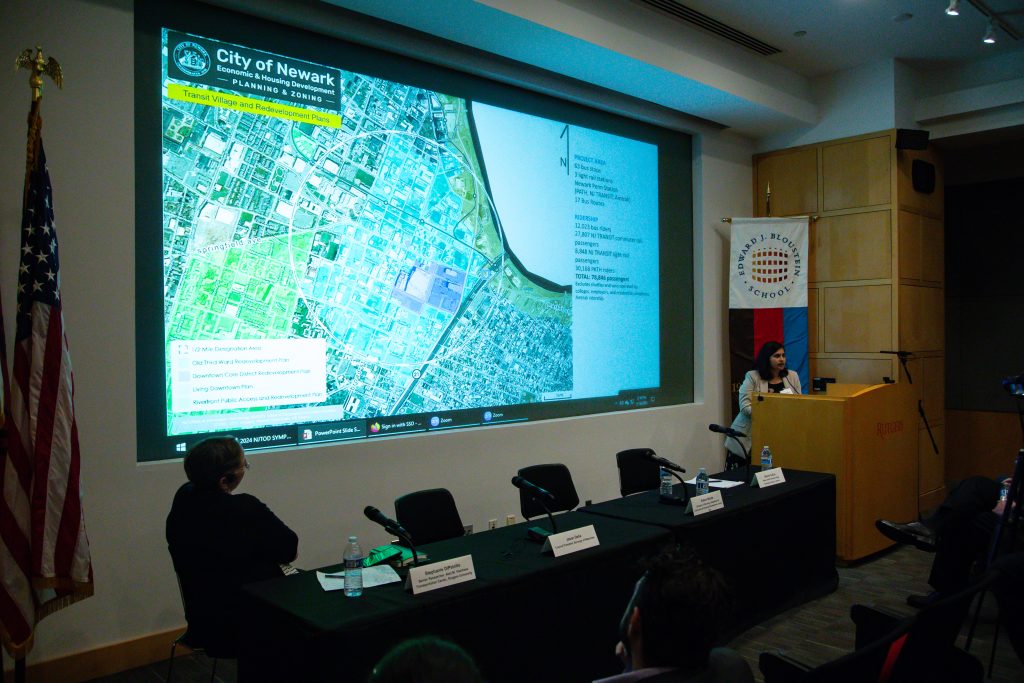
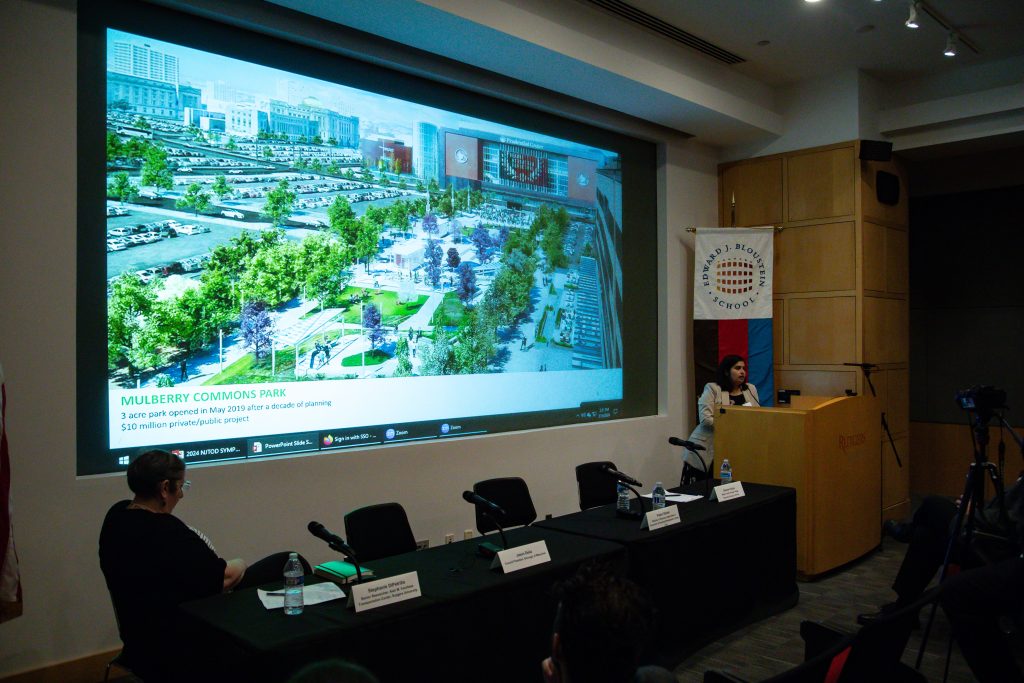
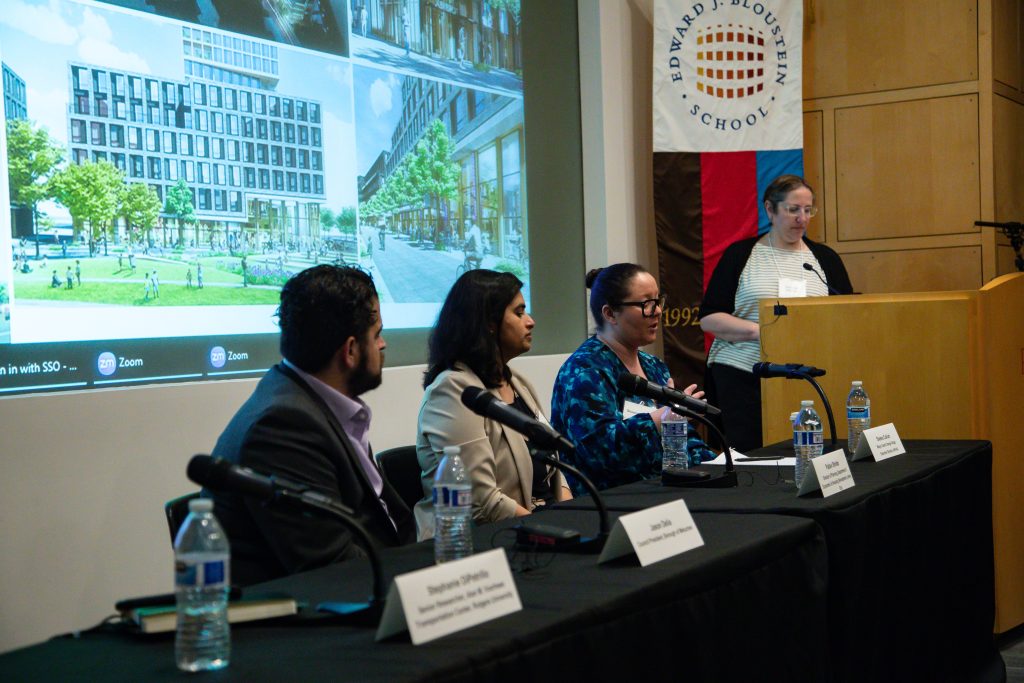
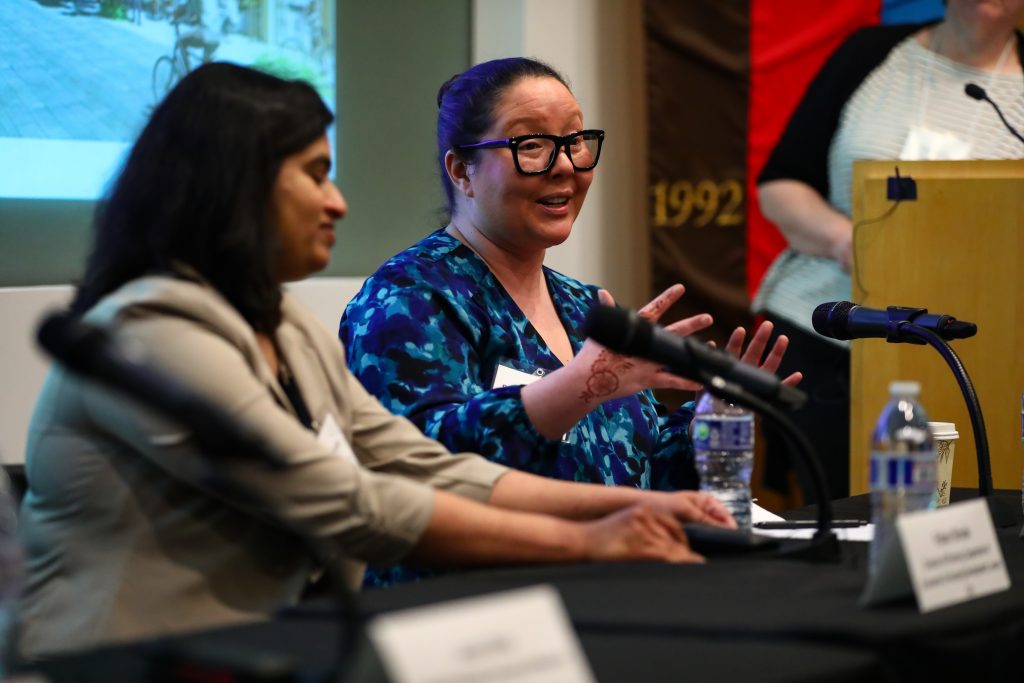
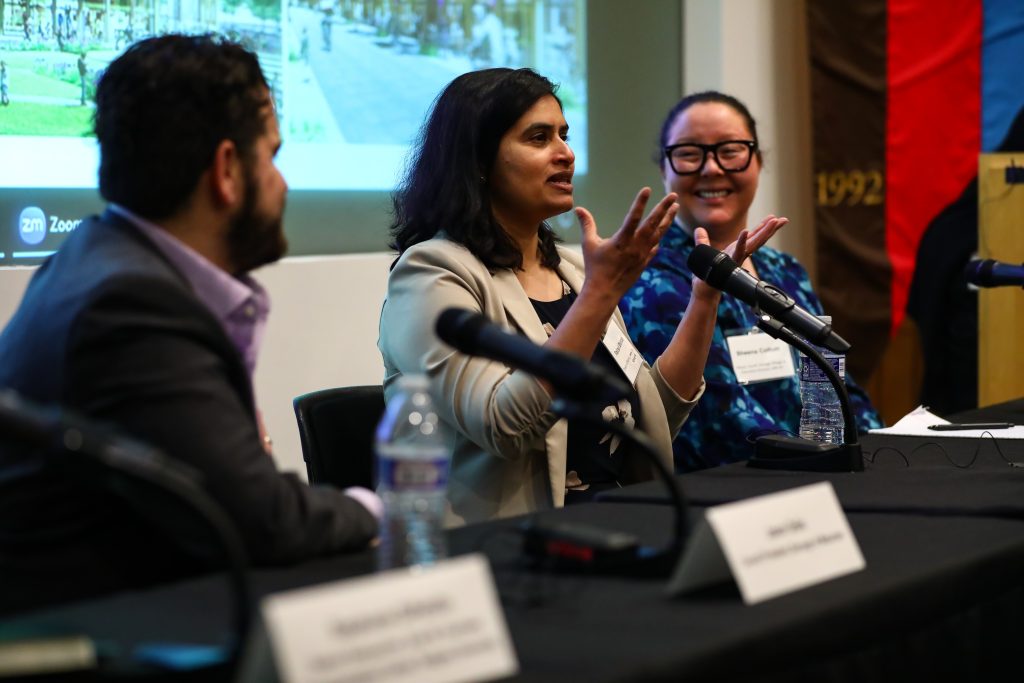
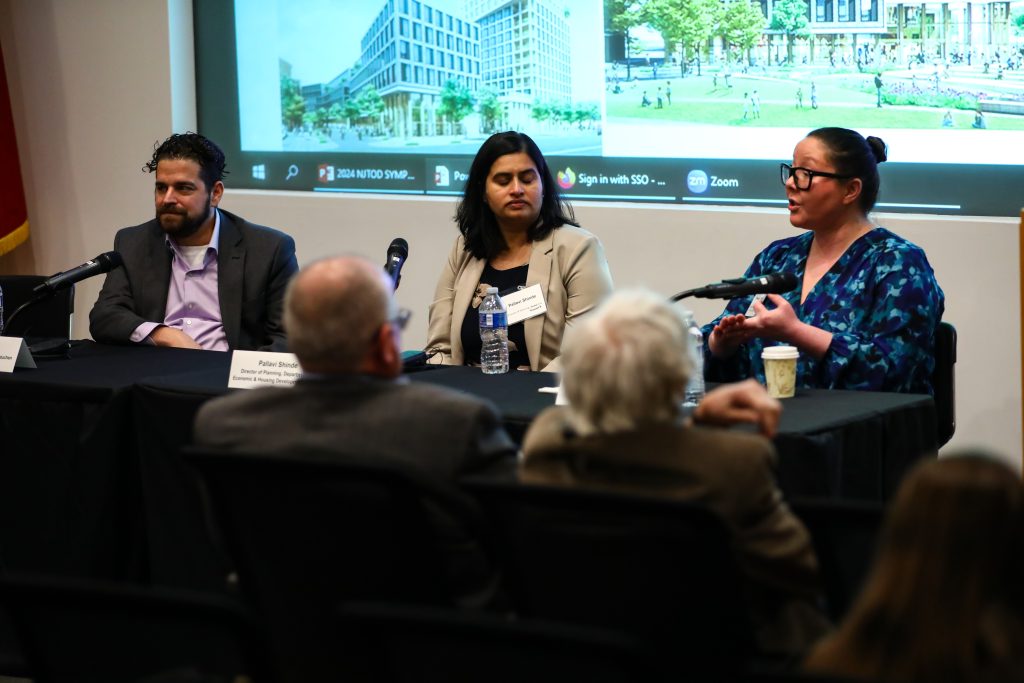
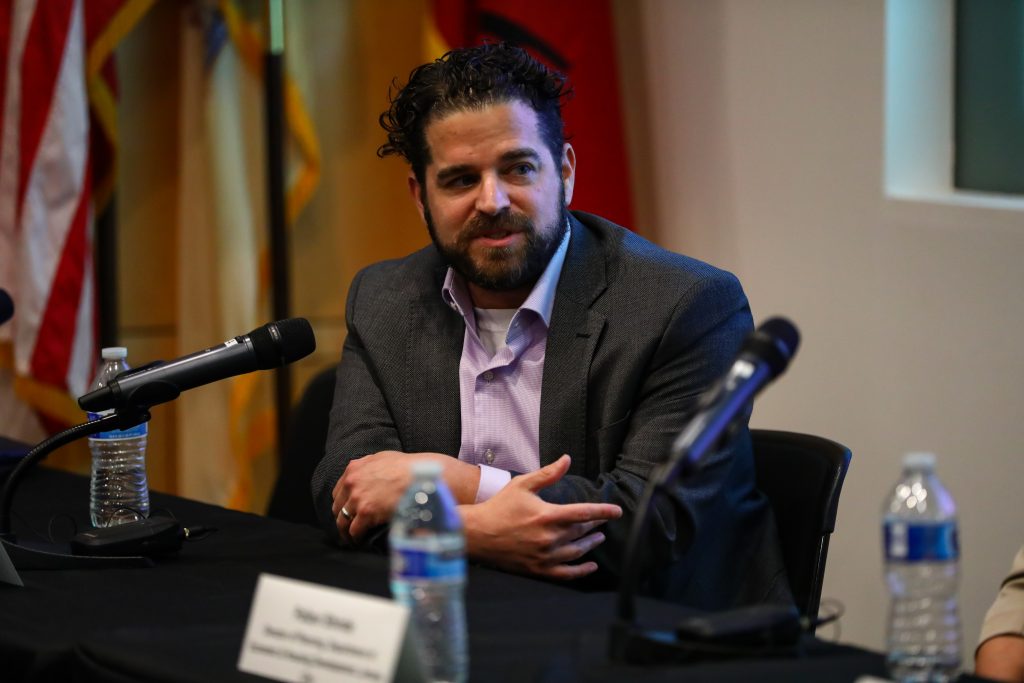
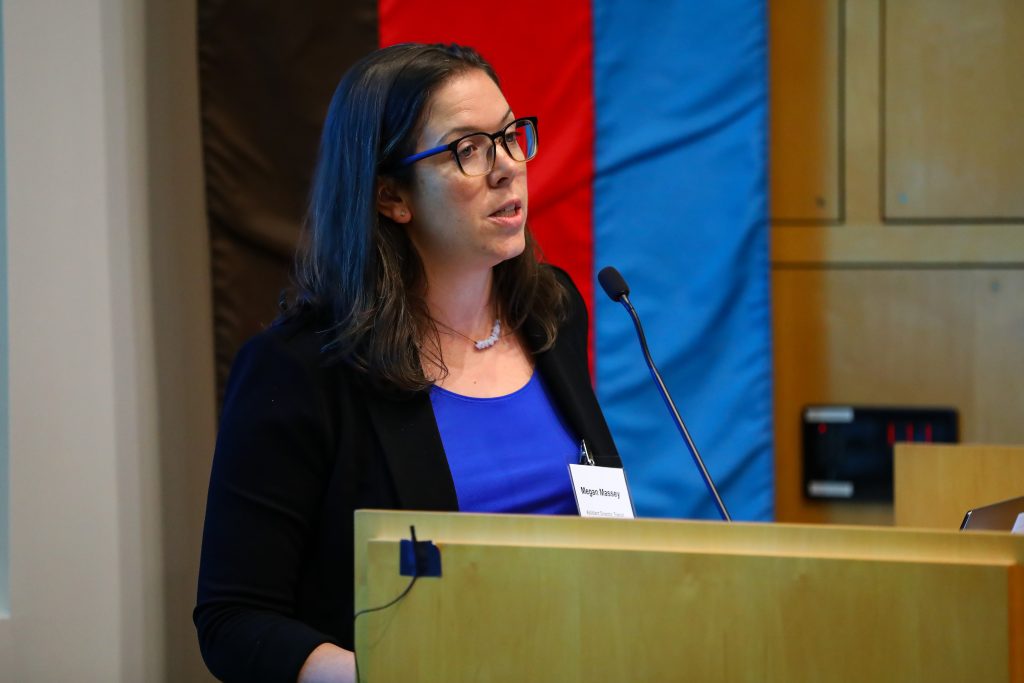
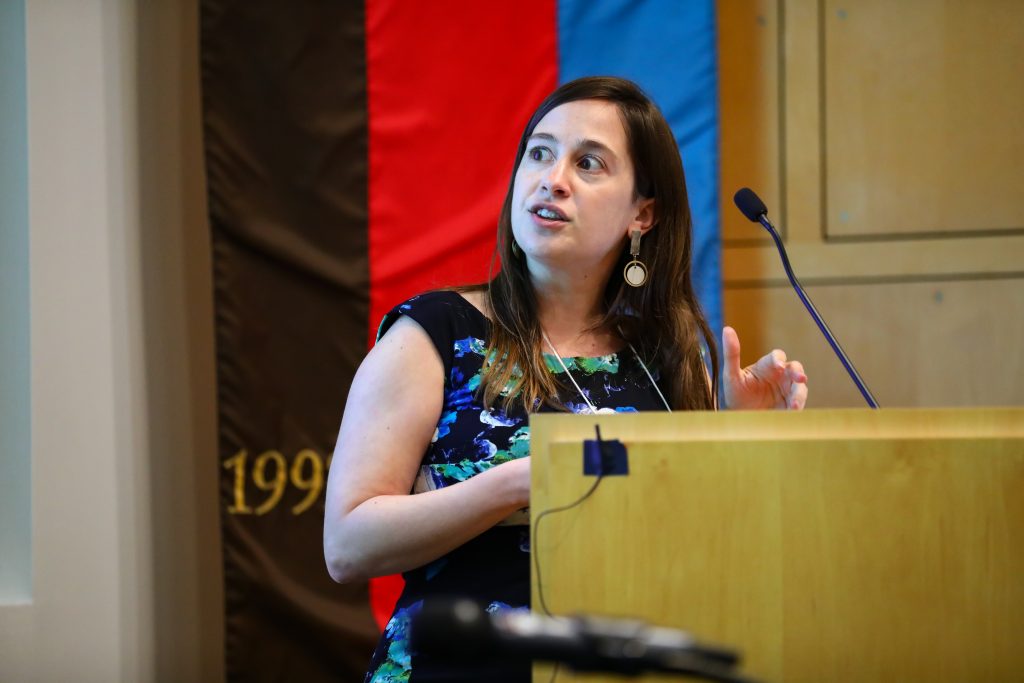
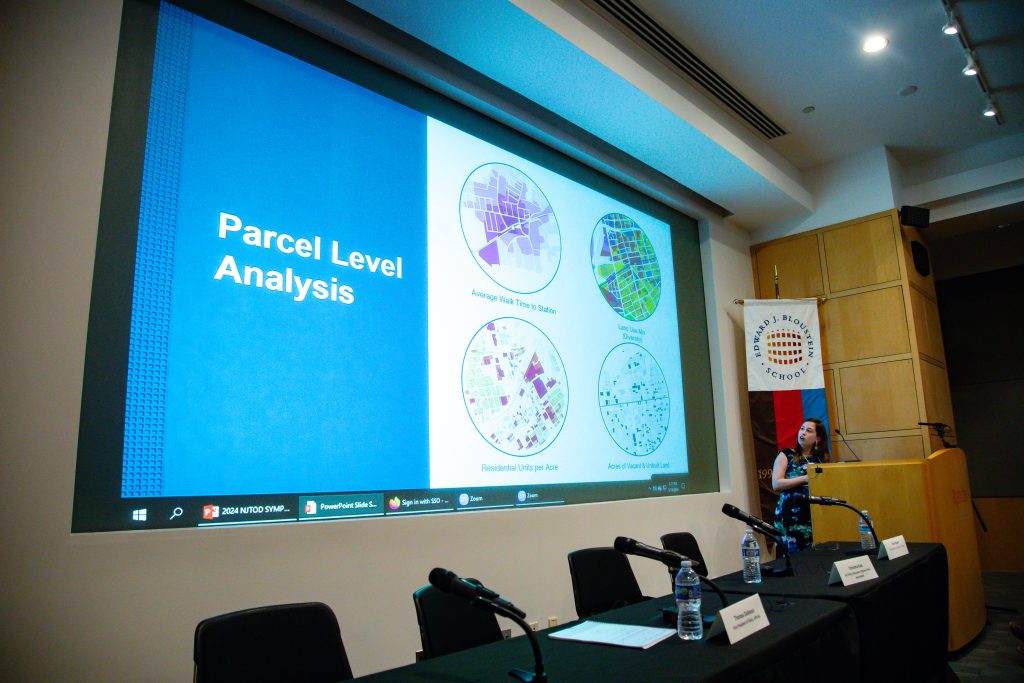
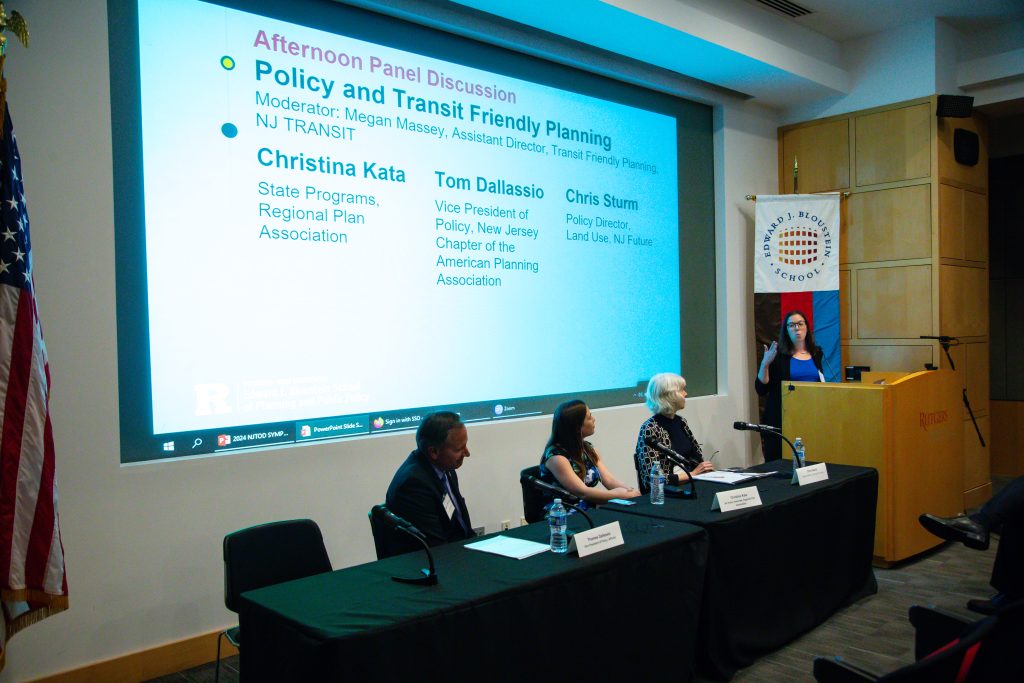


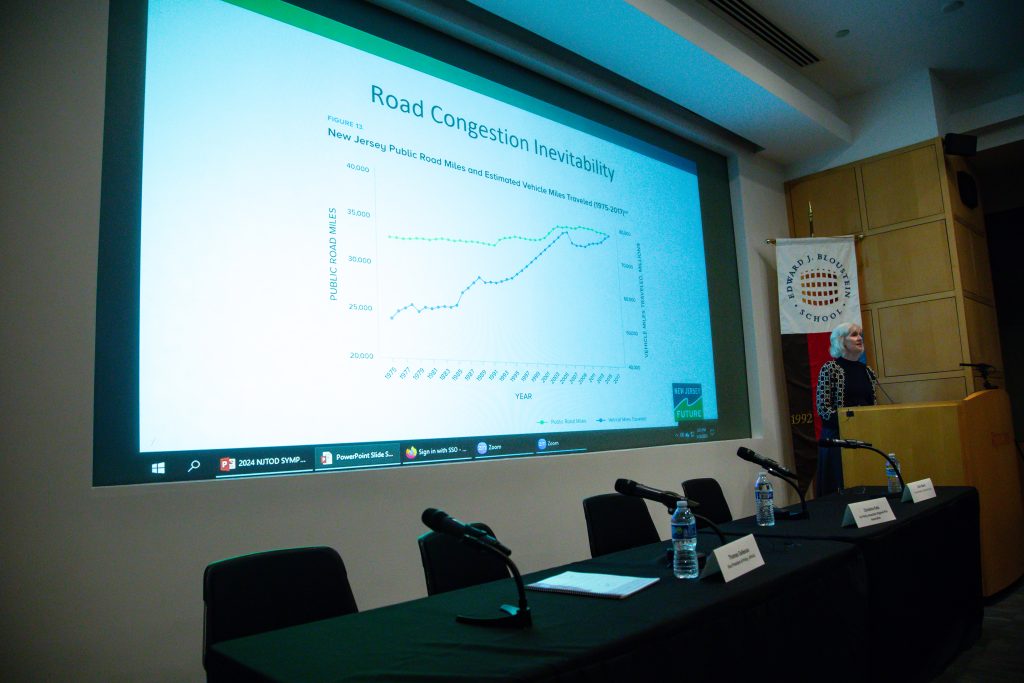
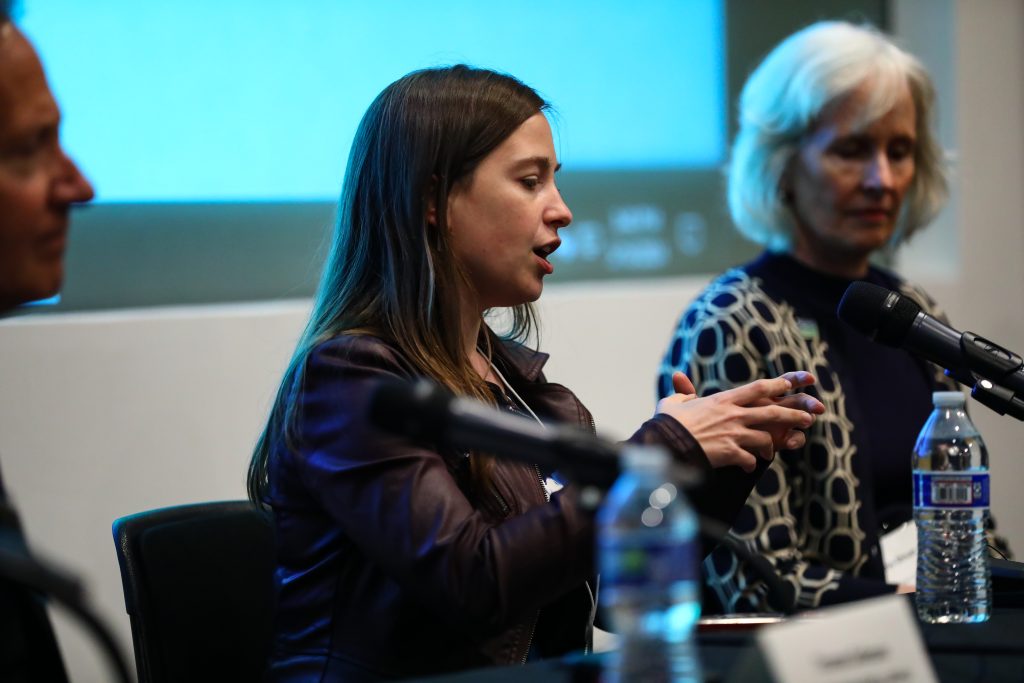
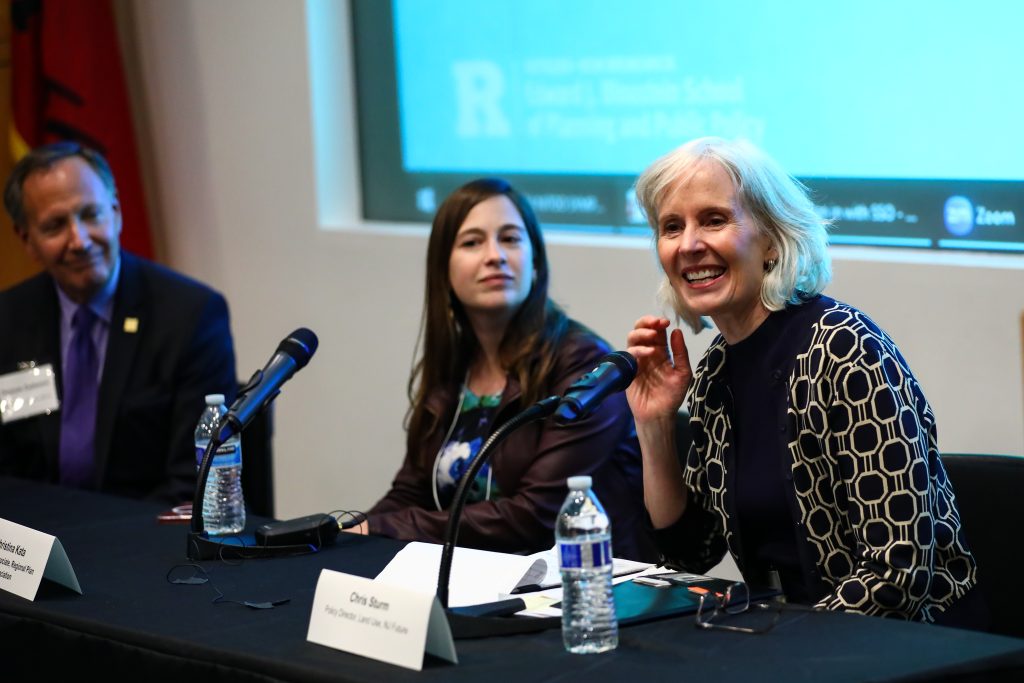

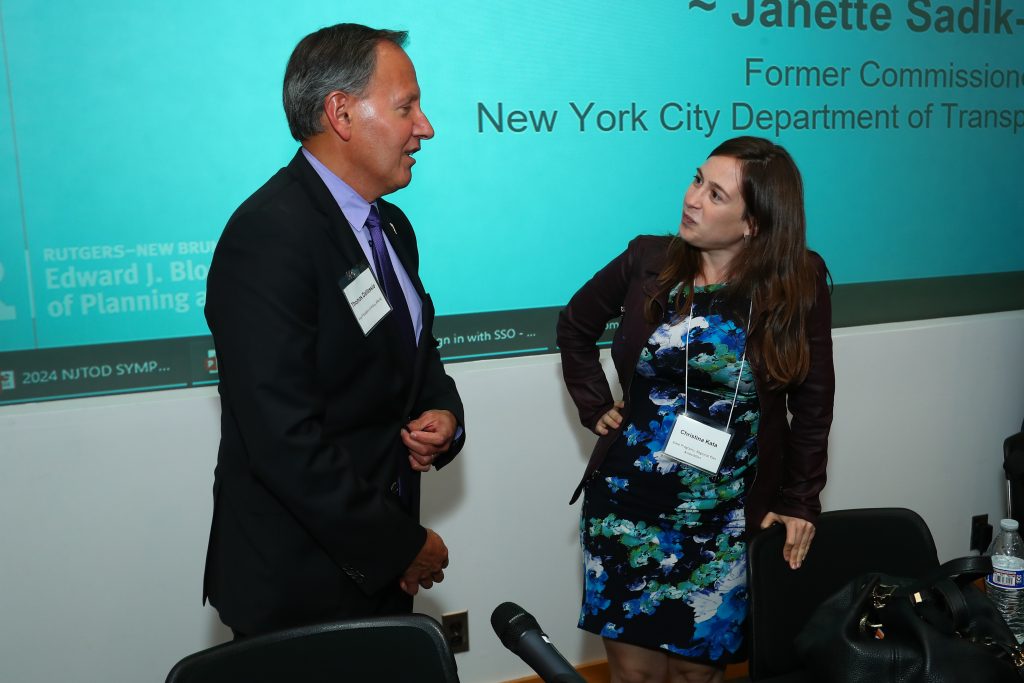
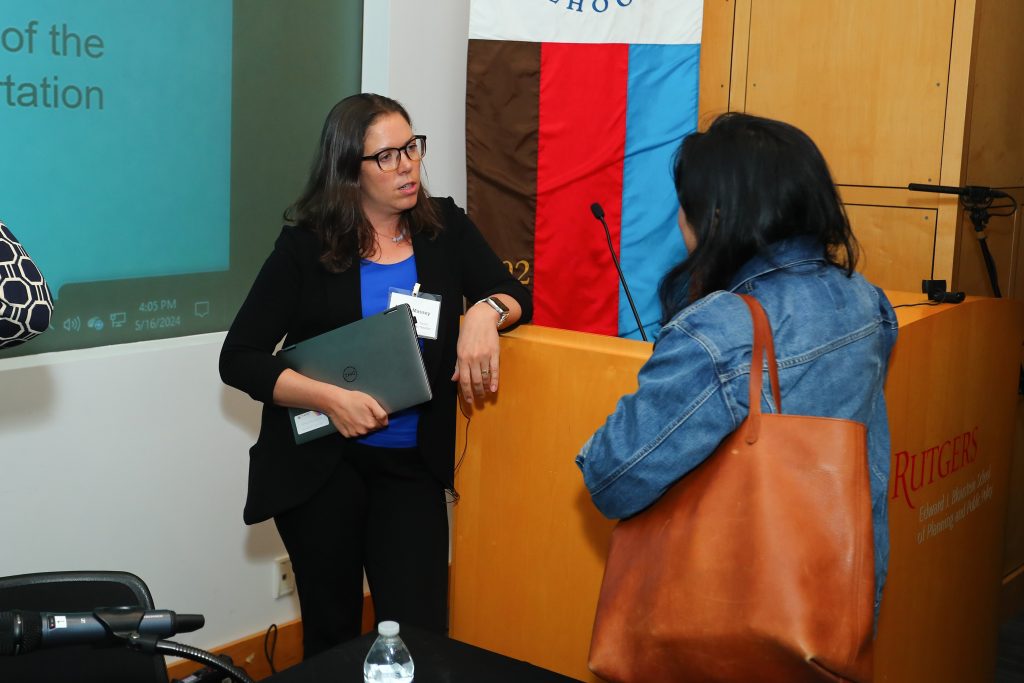
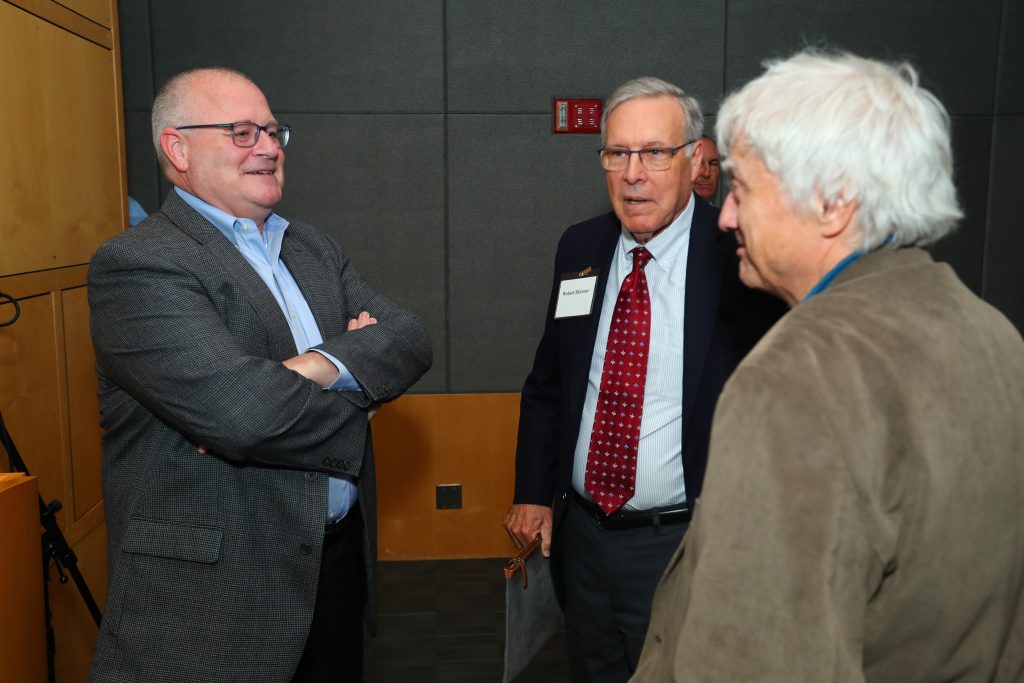
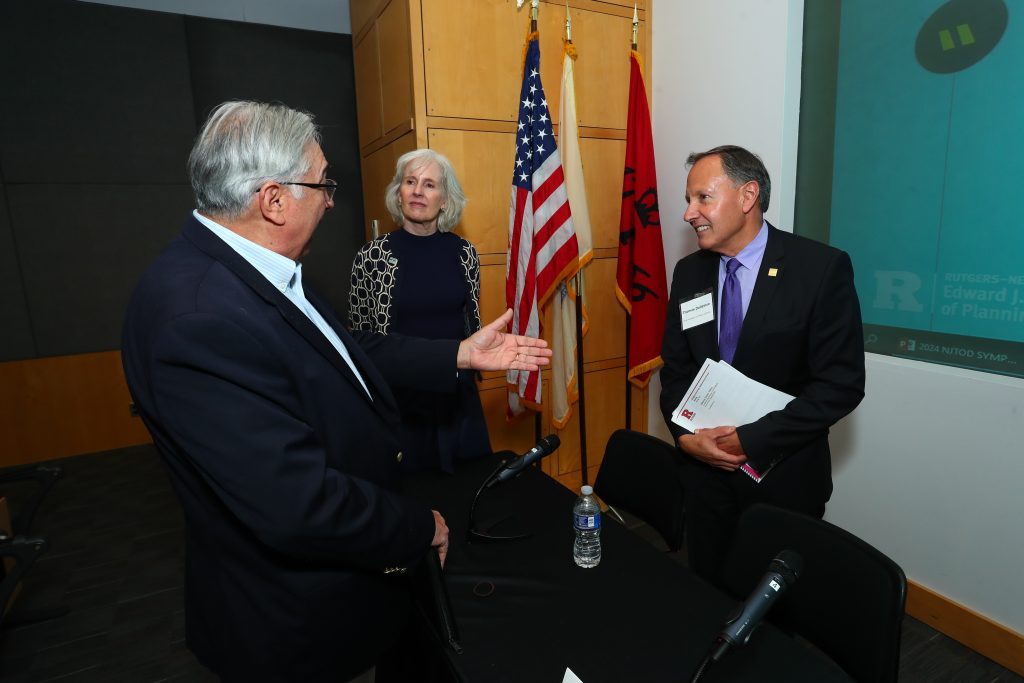
The event was supported through a partnership between the Port Authority of New York & New Jersey, NJ TRANSIT, the NJ Department of Transportation, and the Alan M. Voorhees Transportation Center at Rutgers University.
AICP credits were approved for this event.

